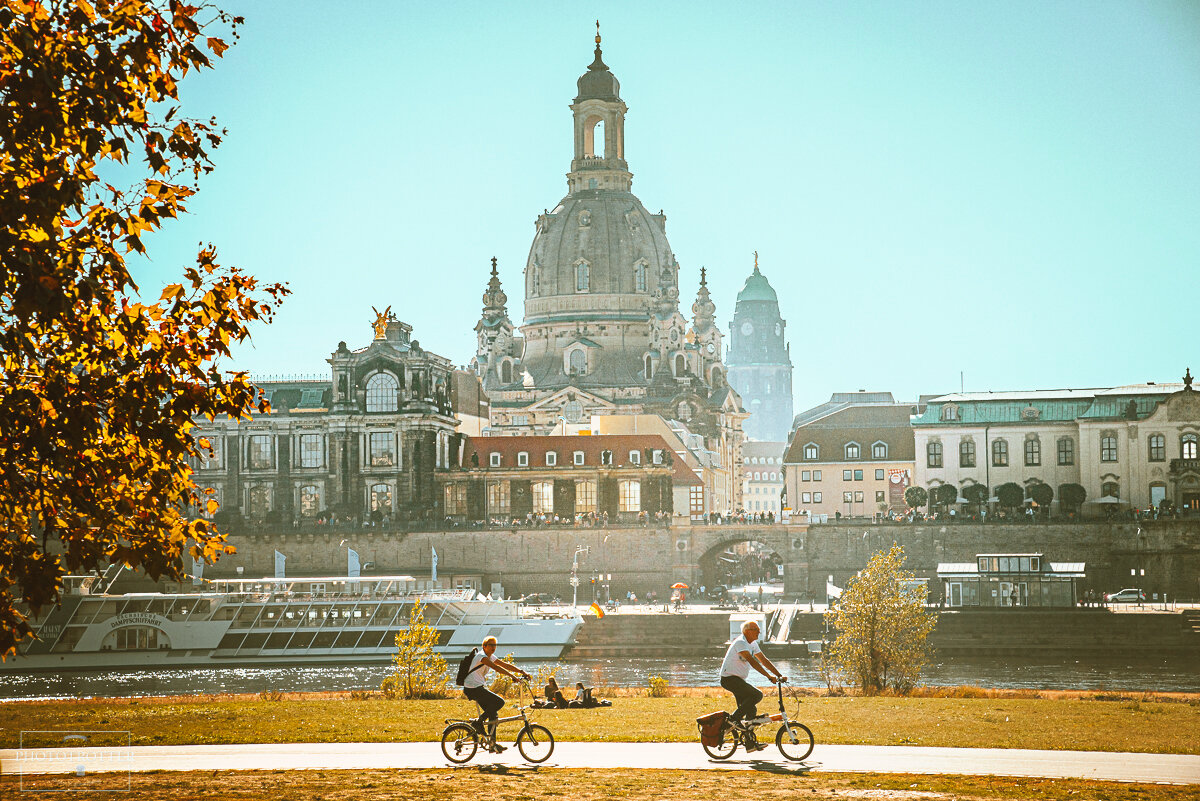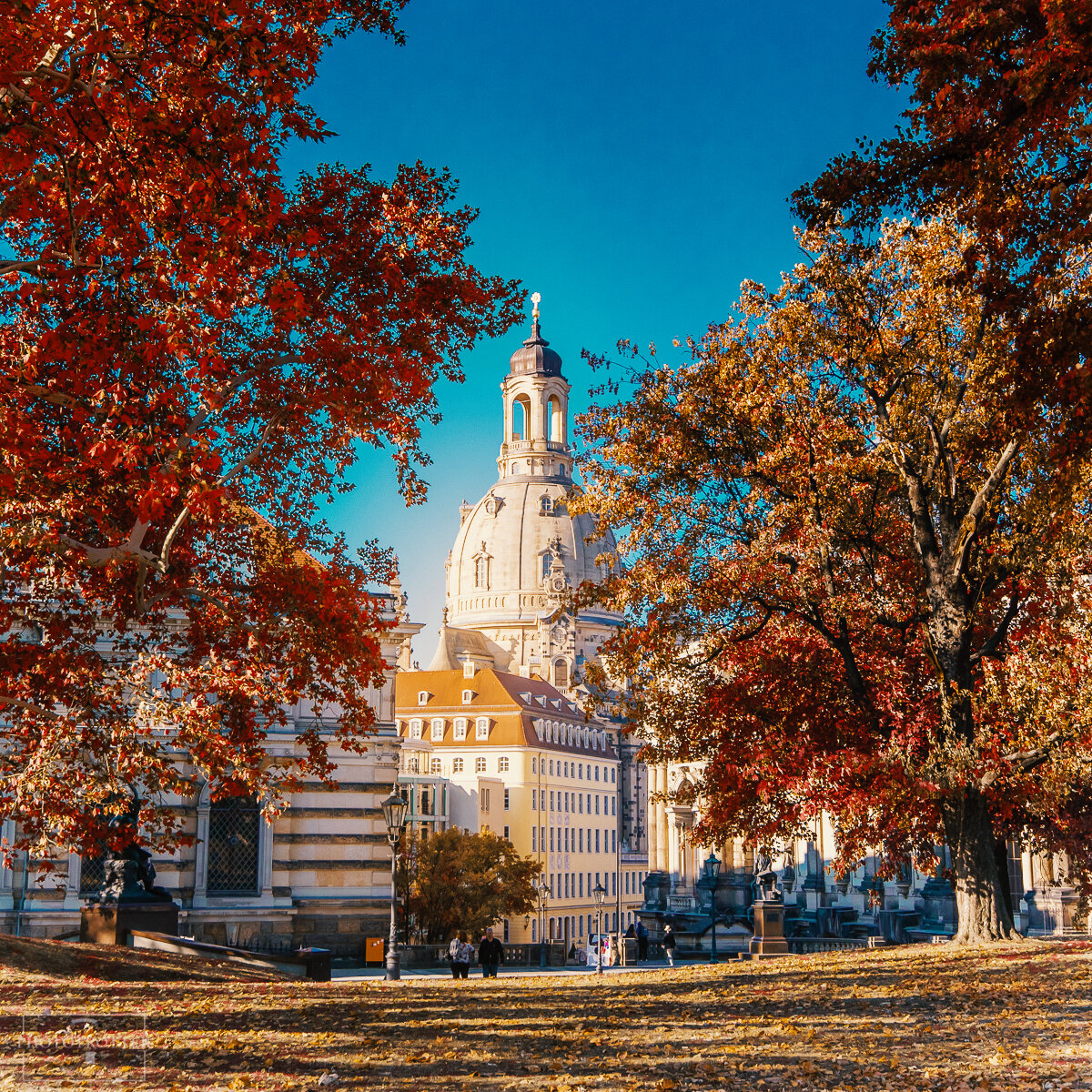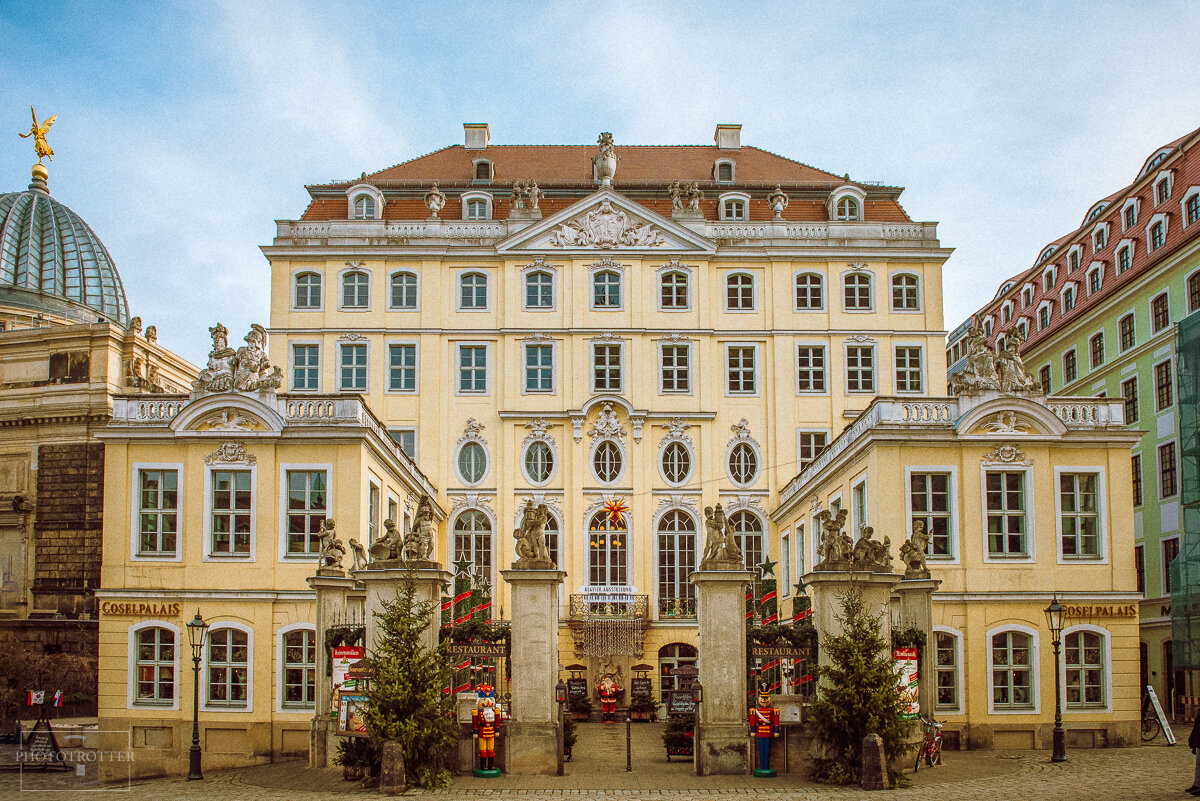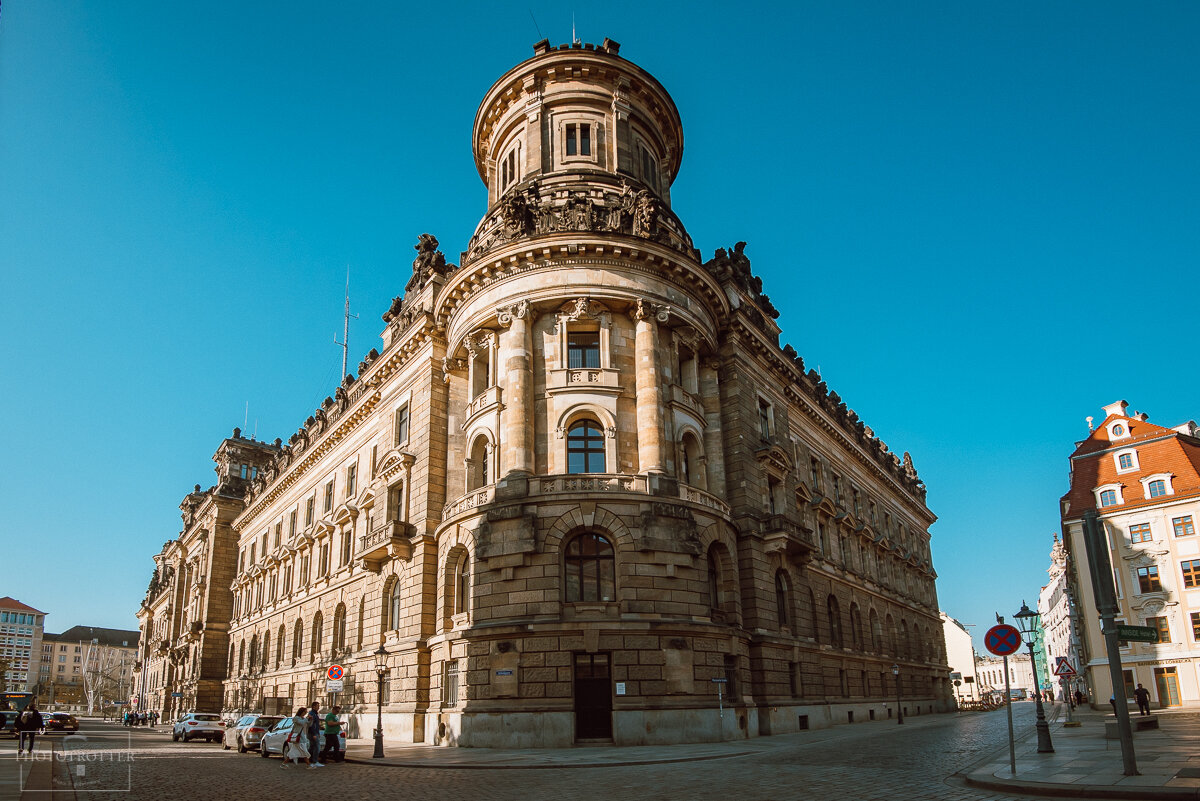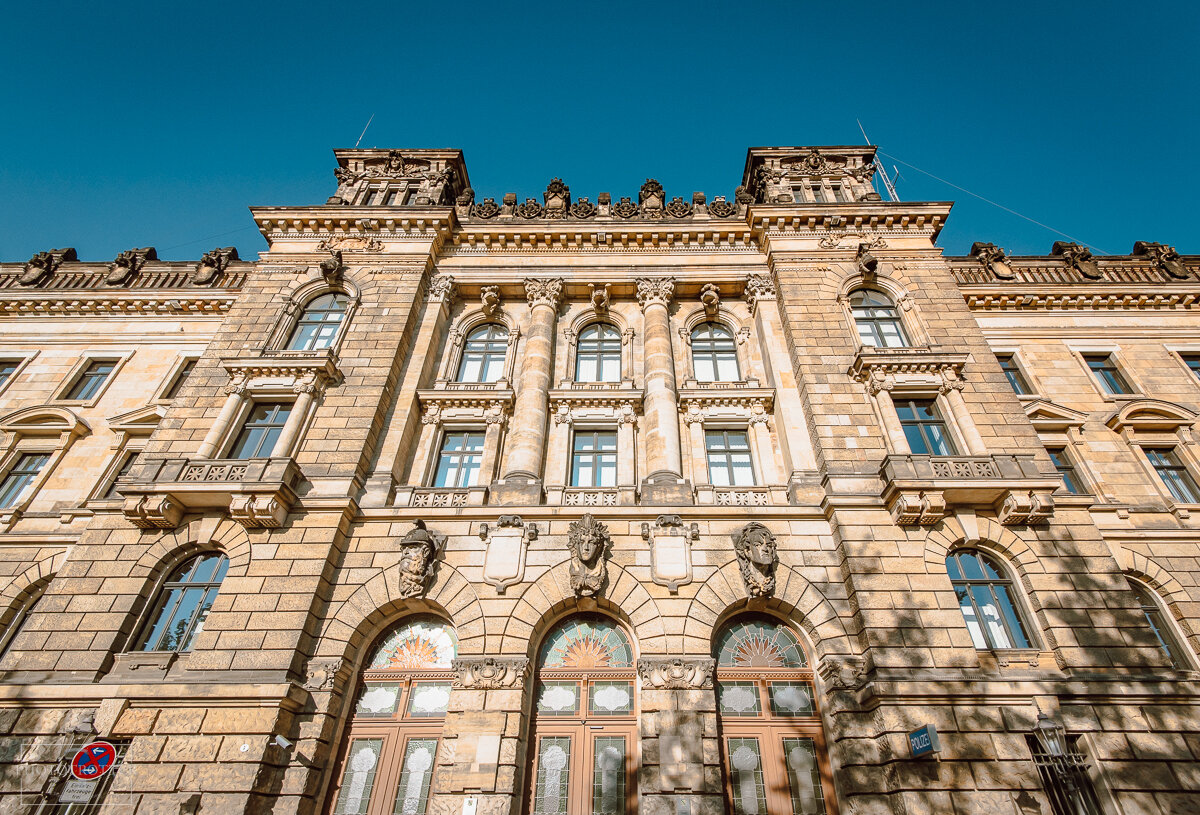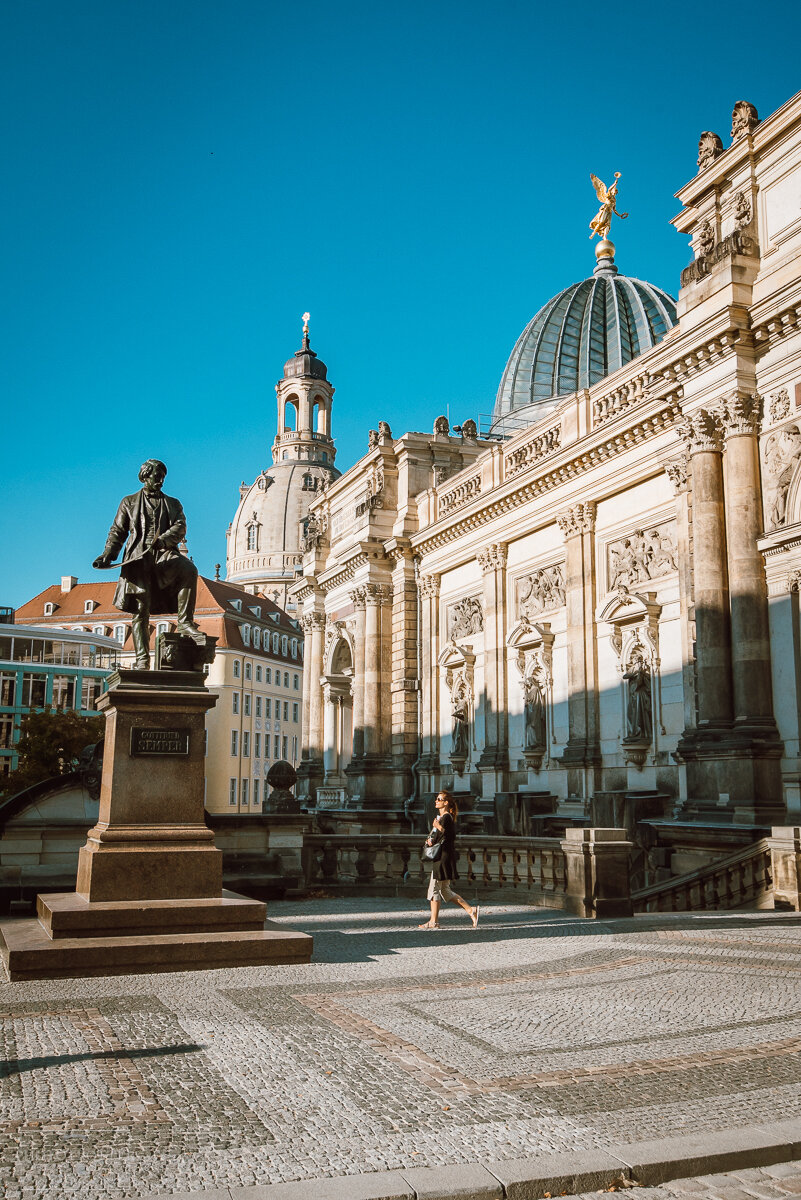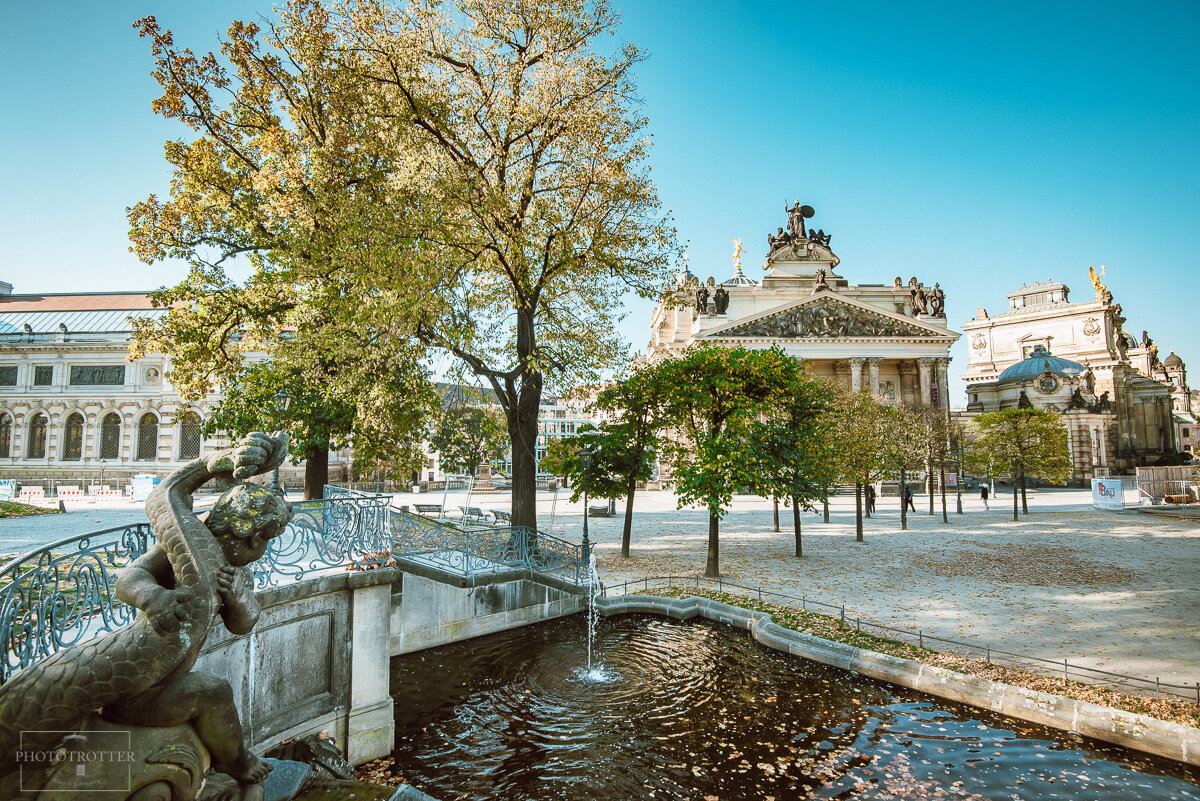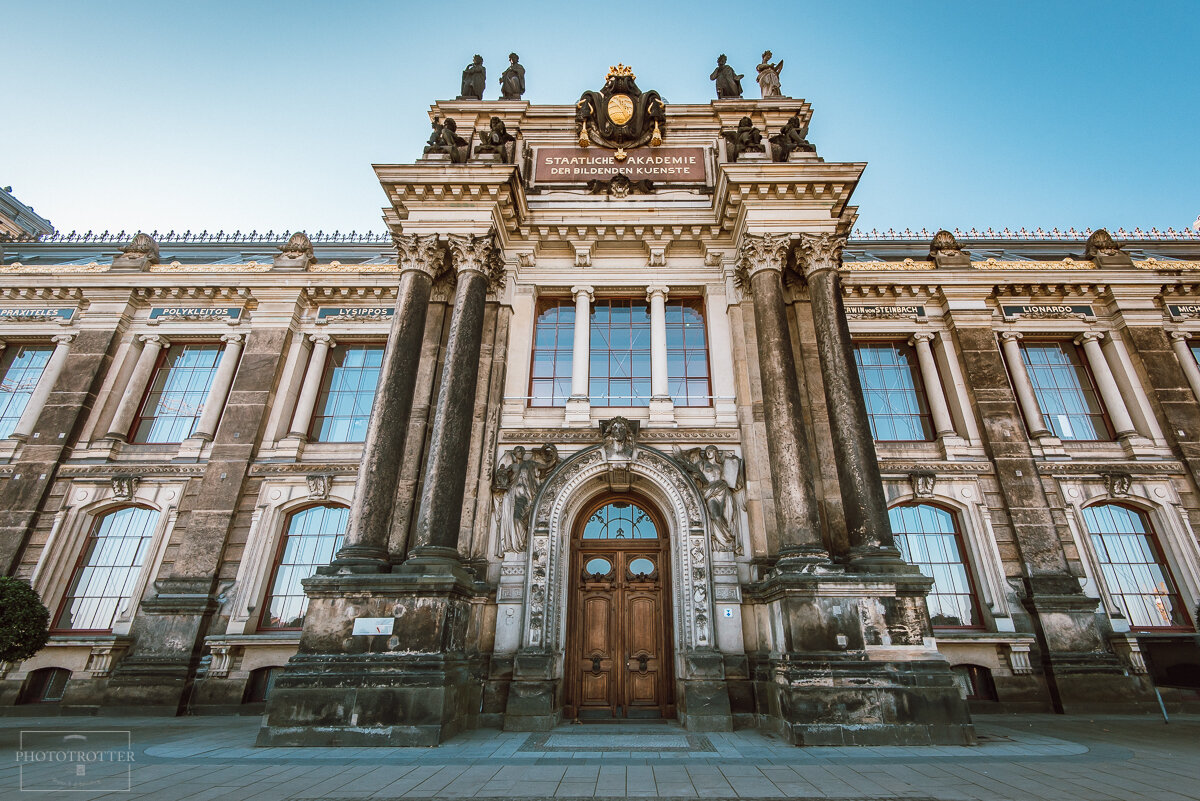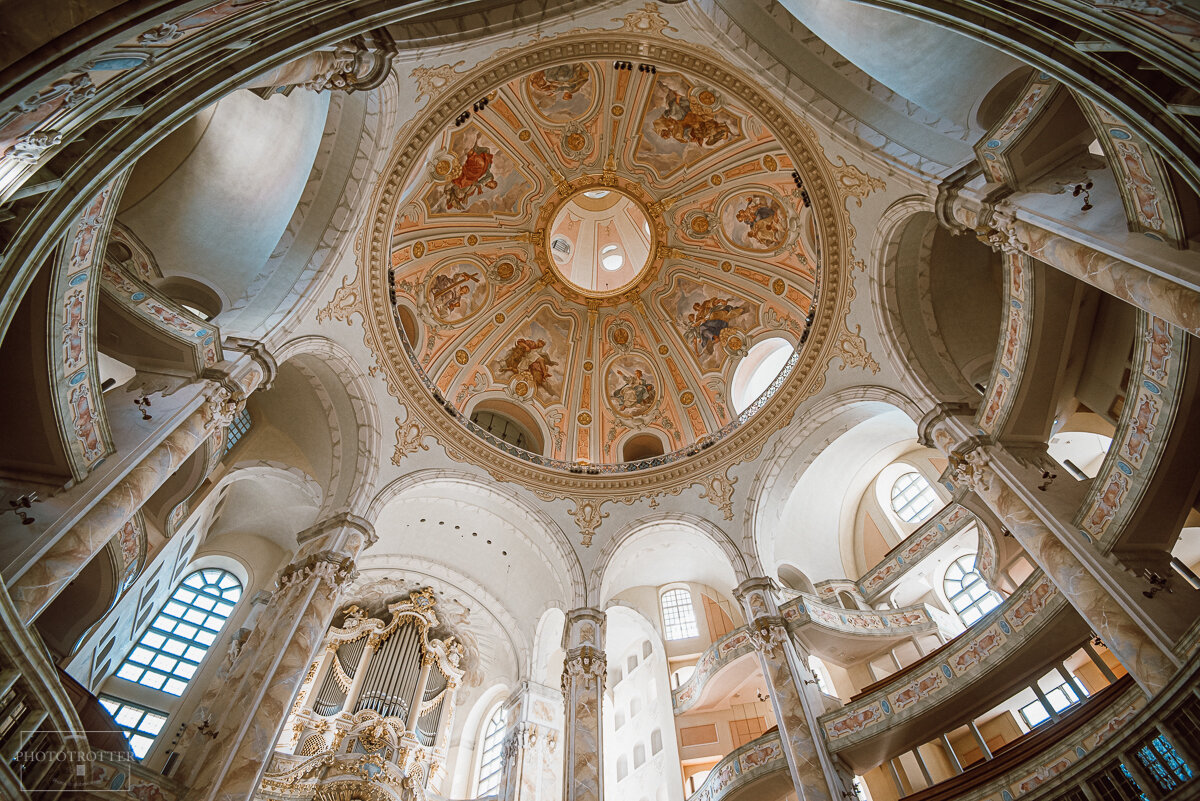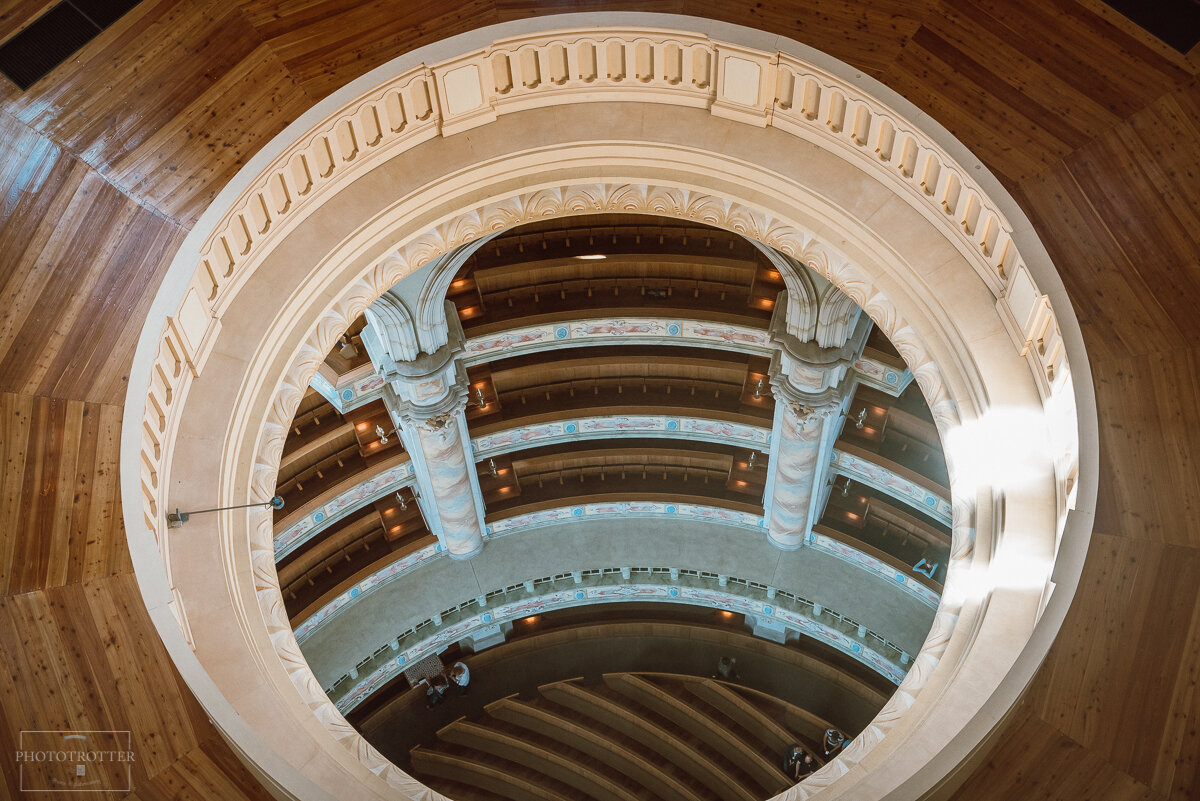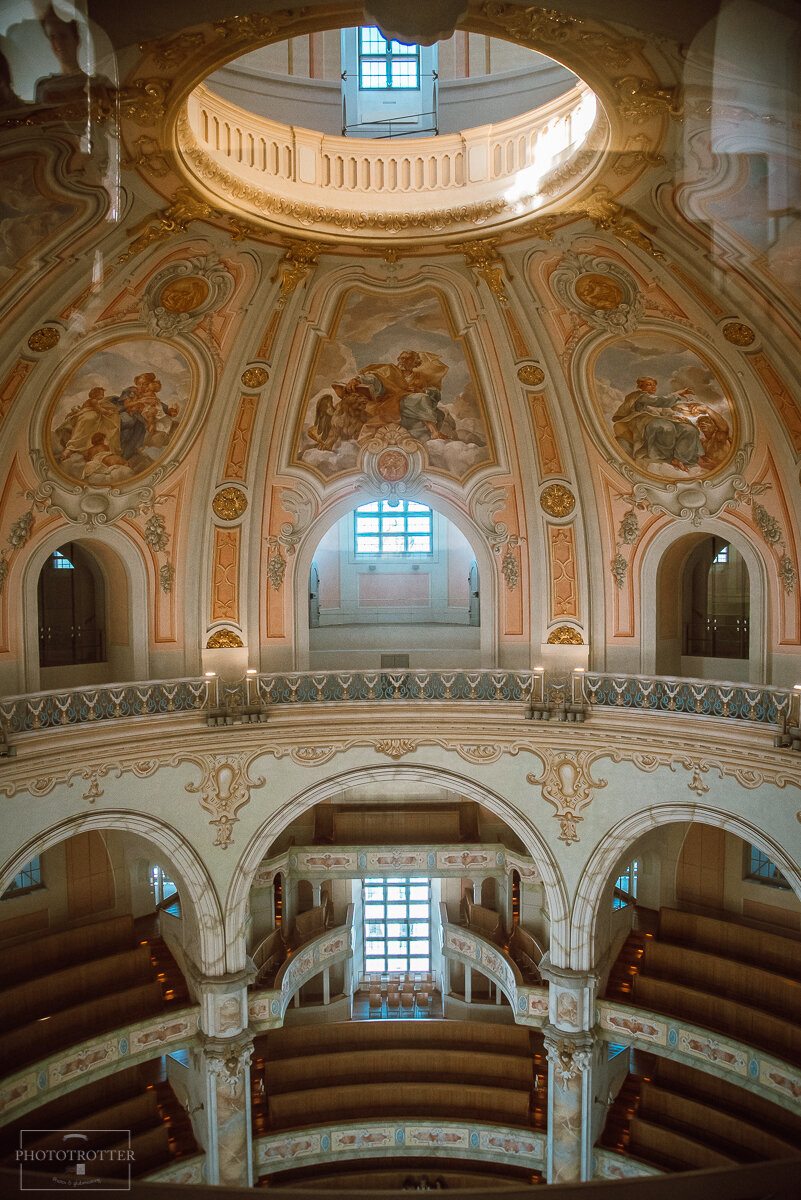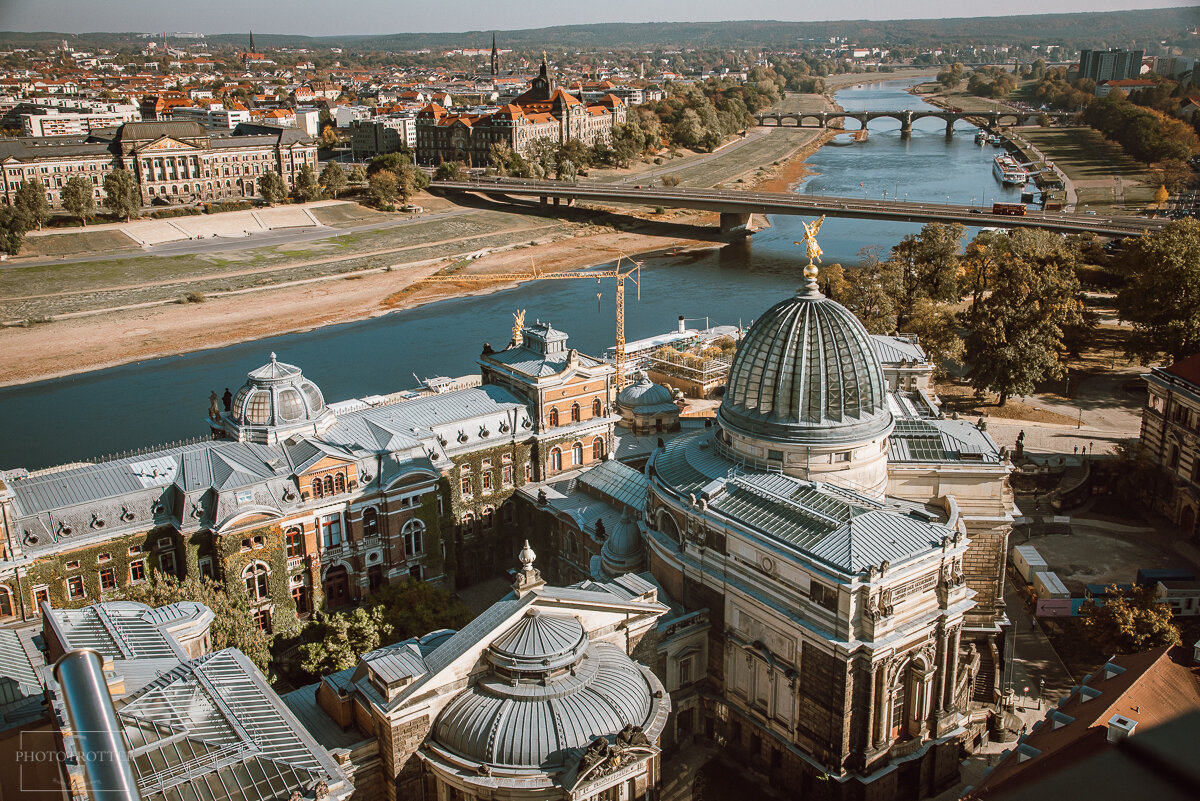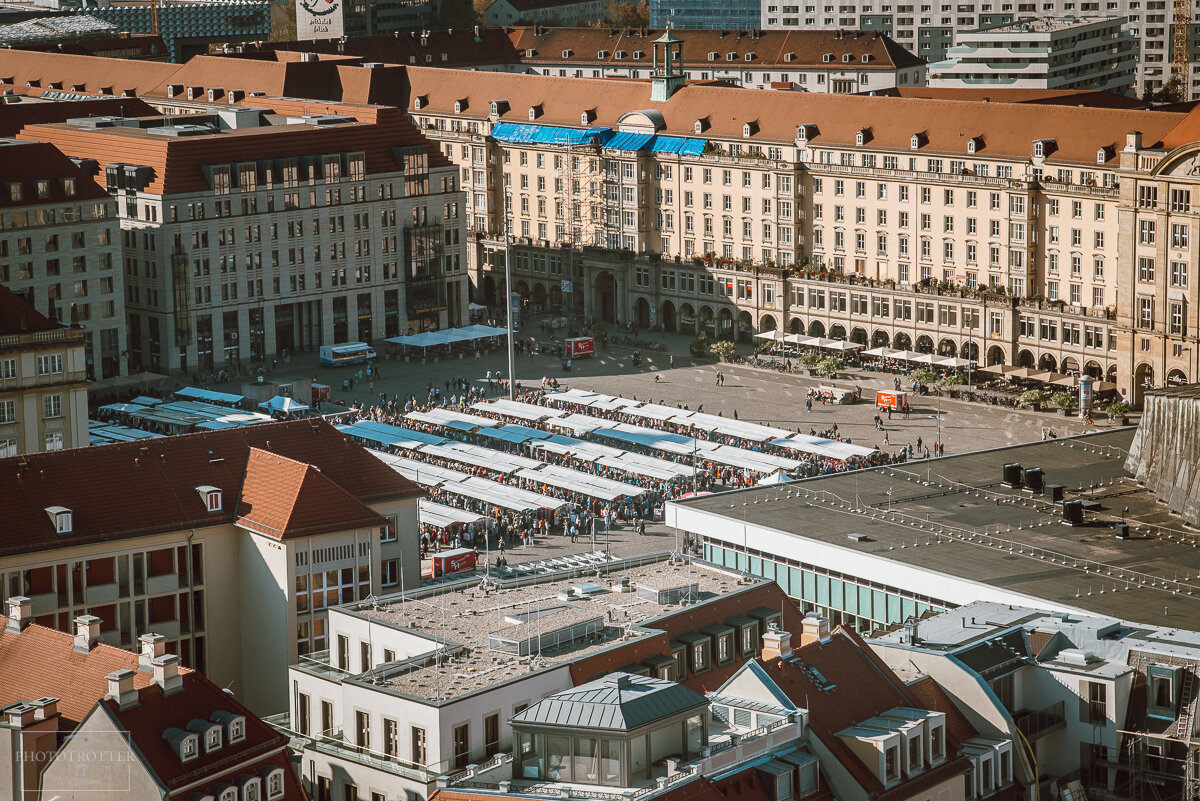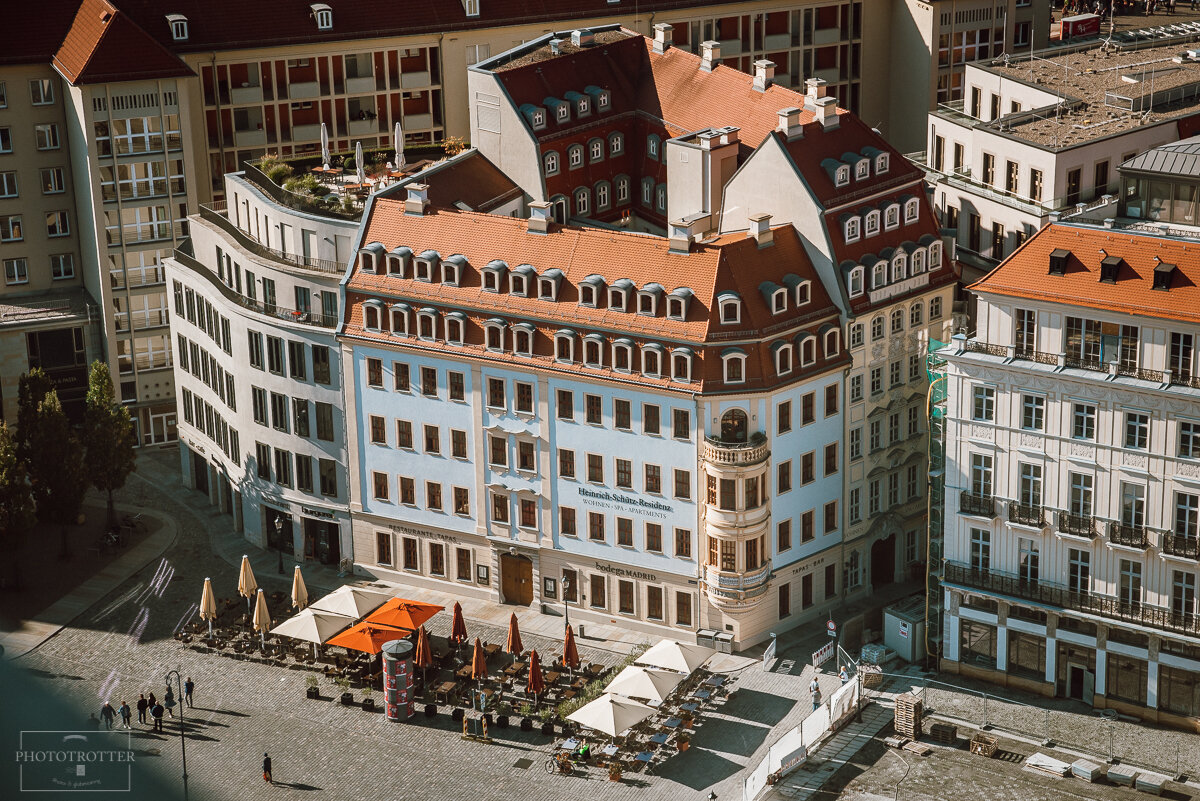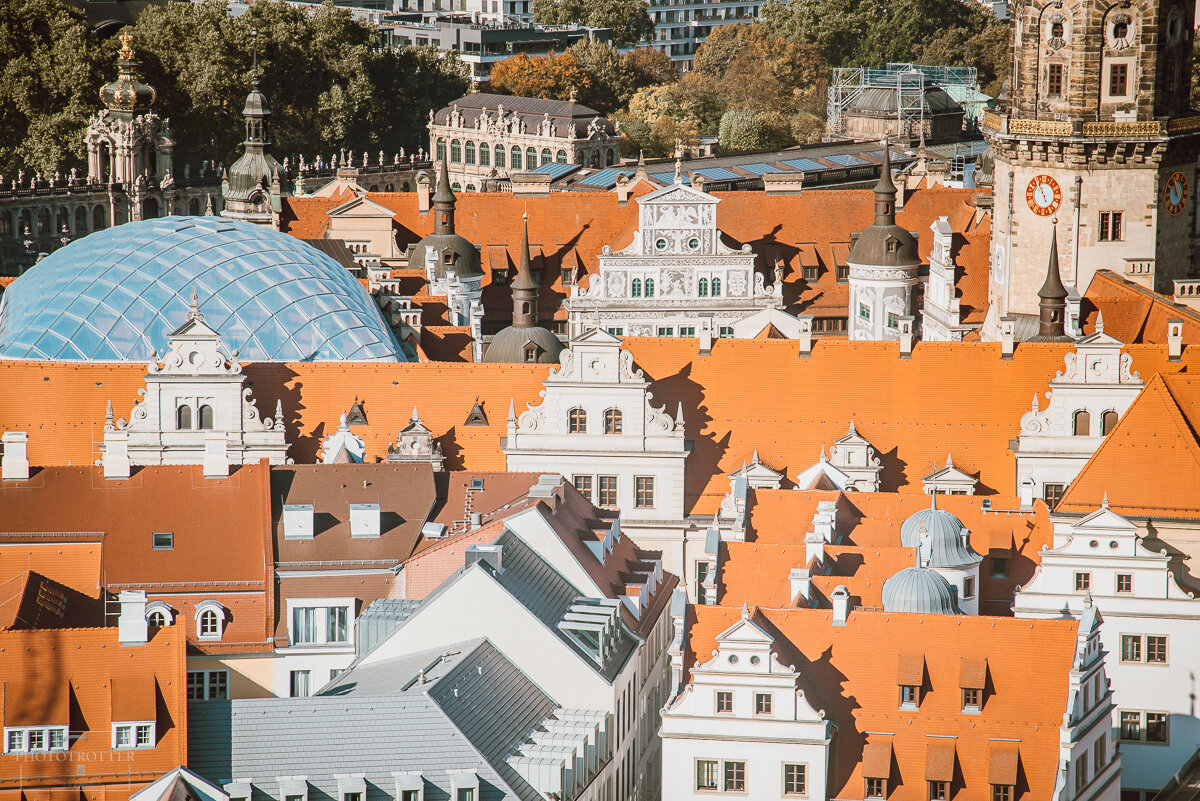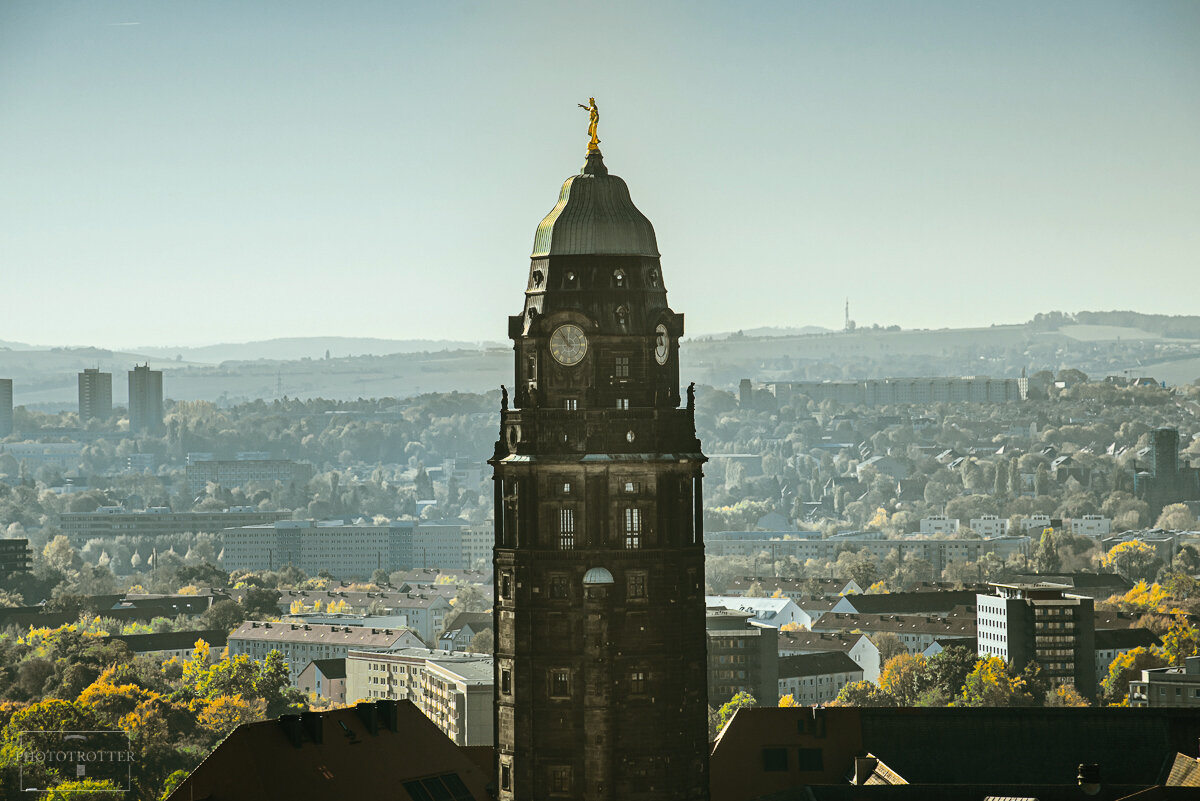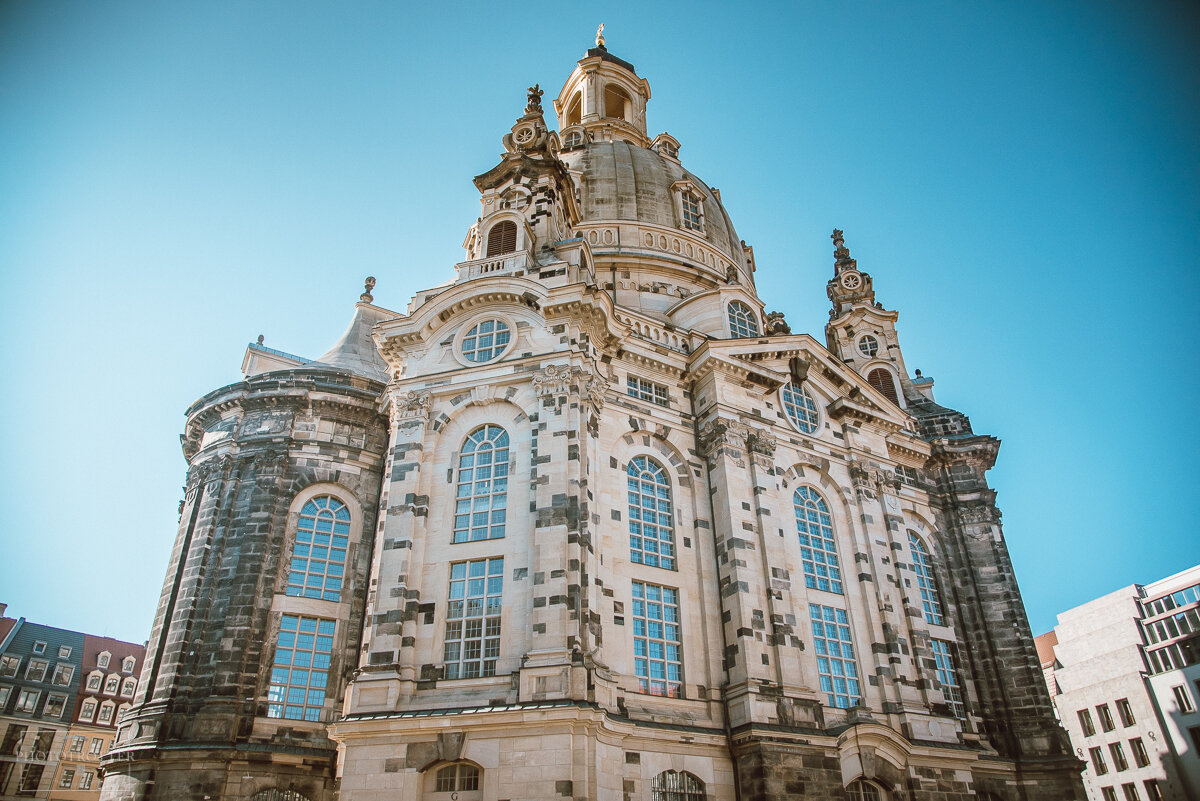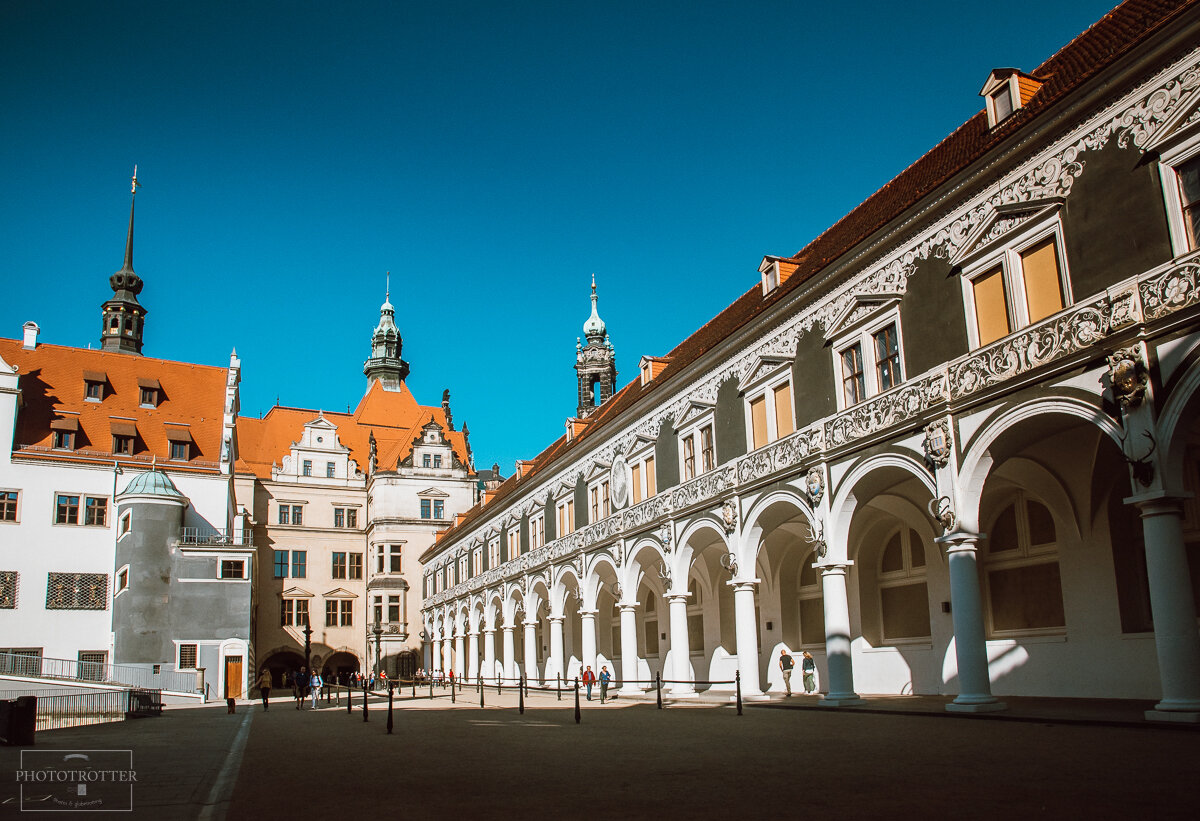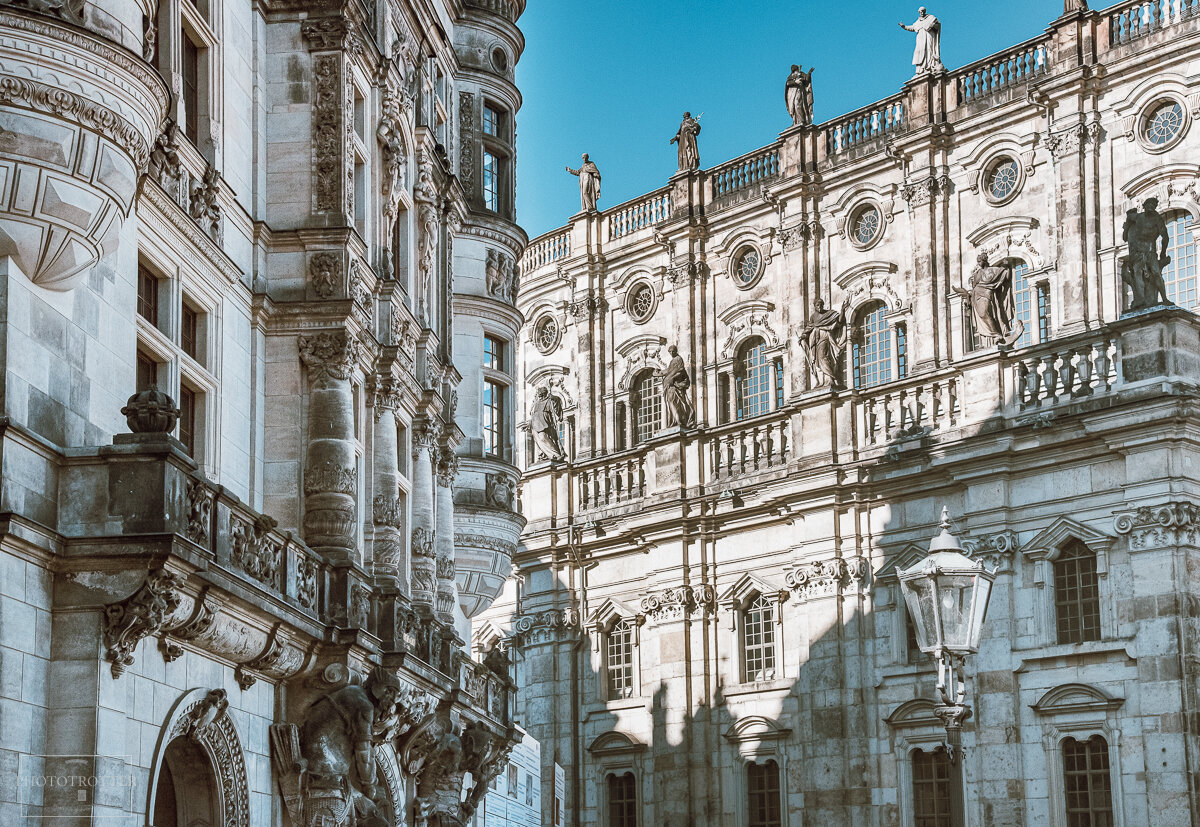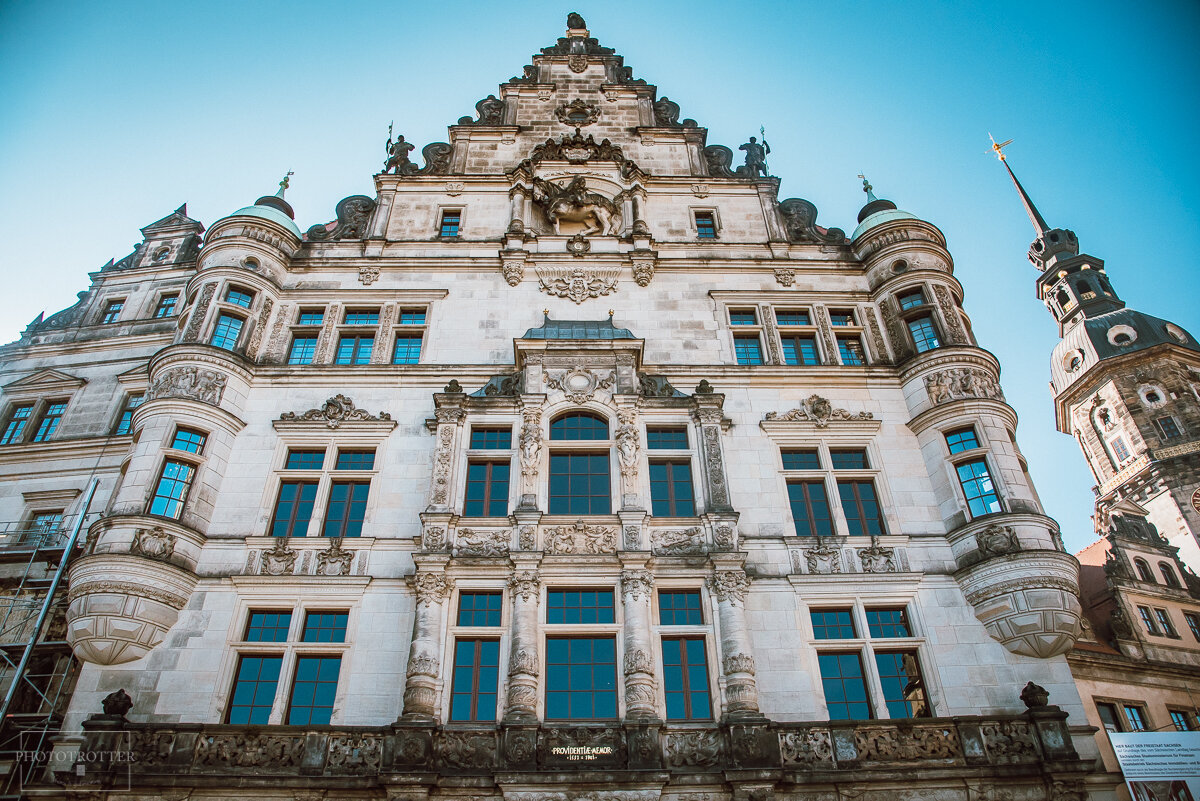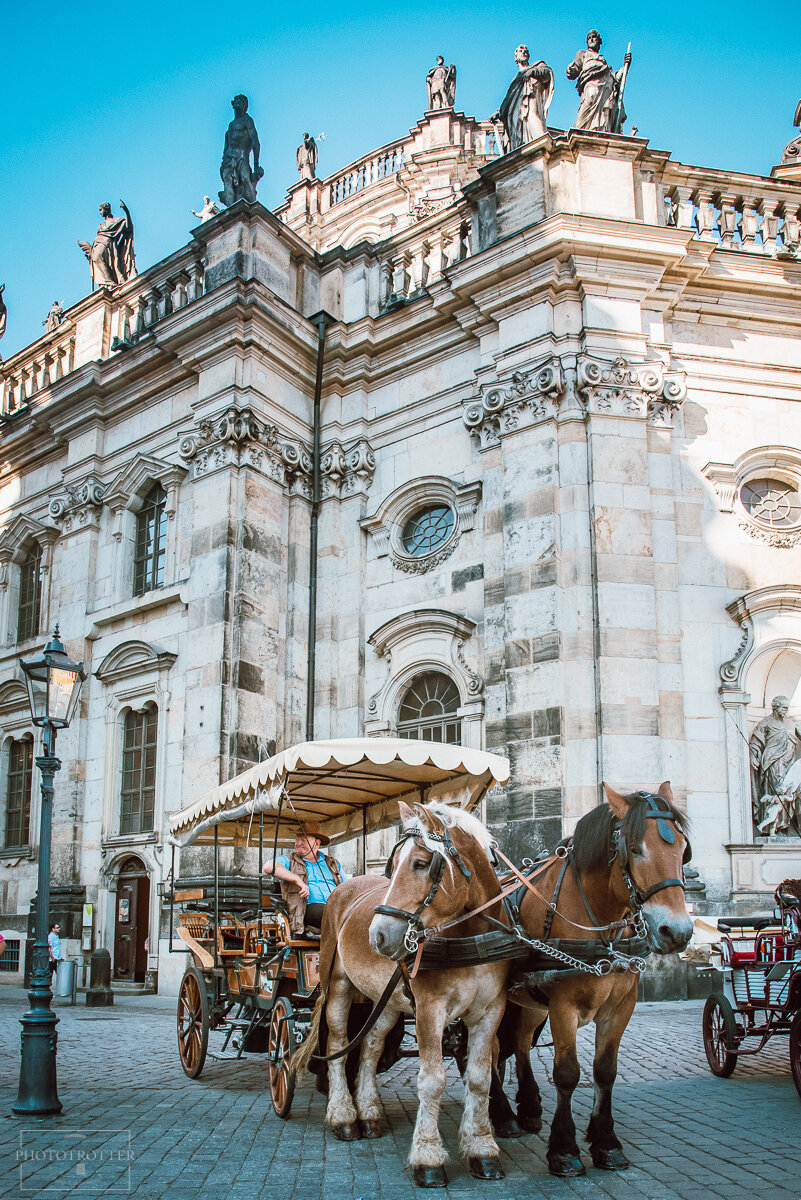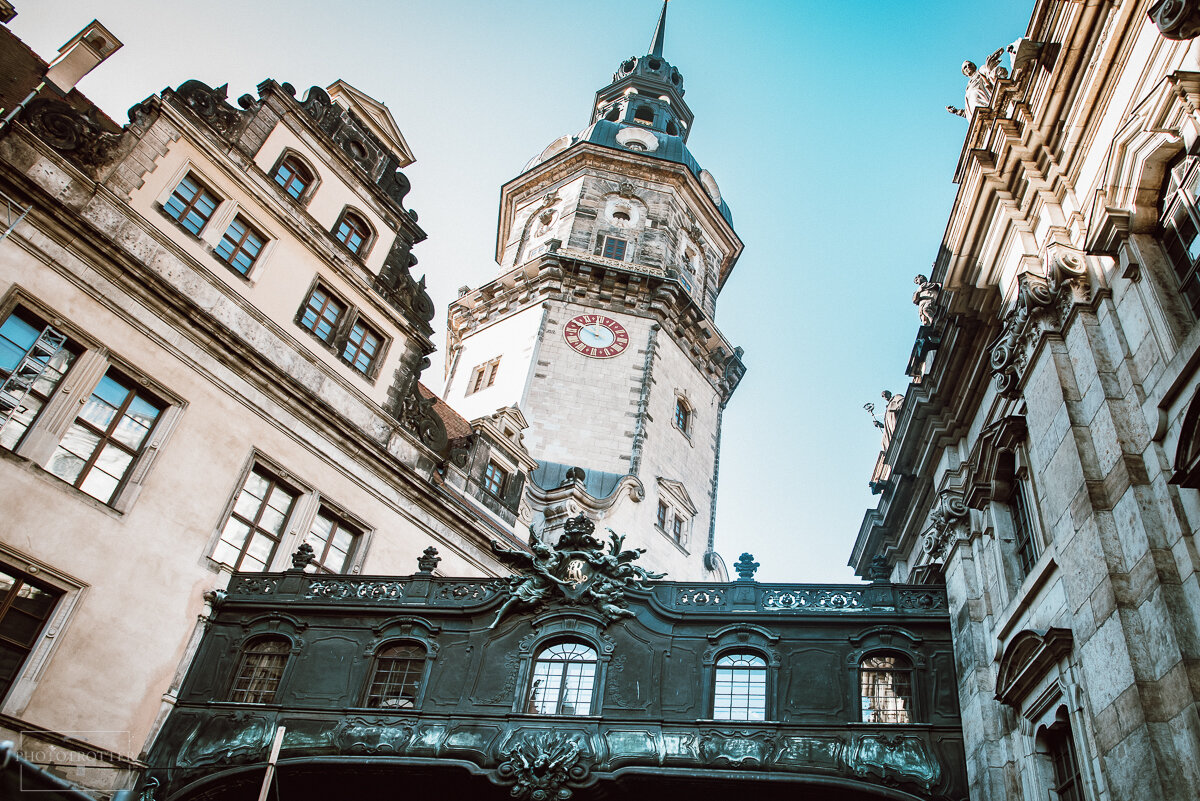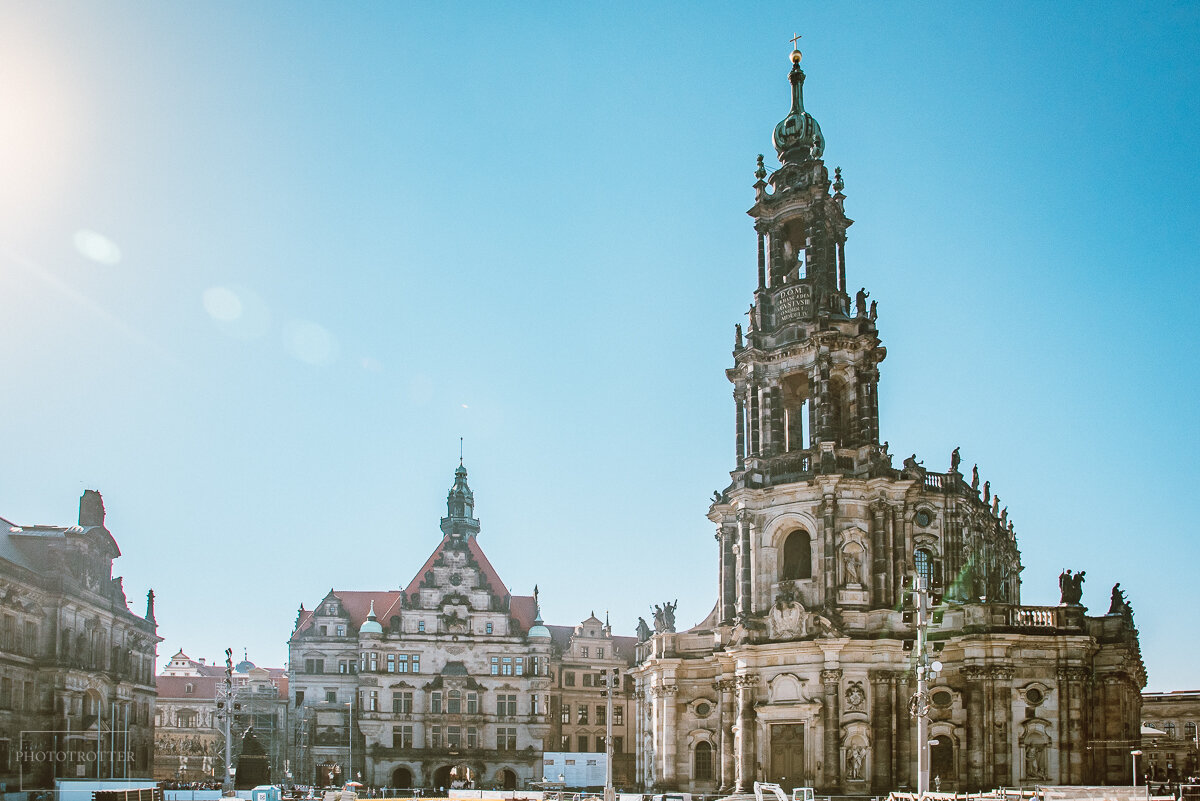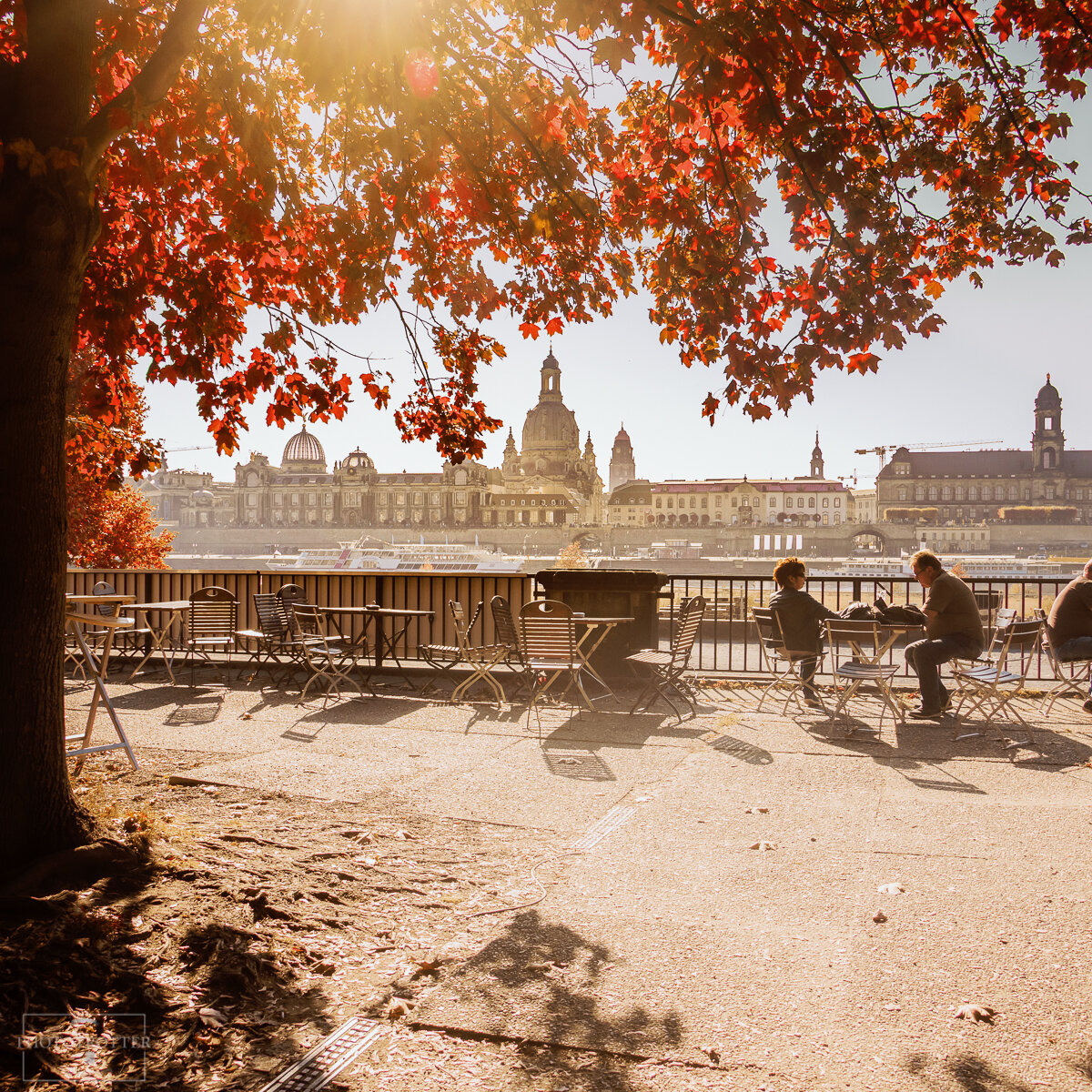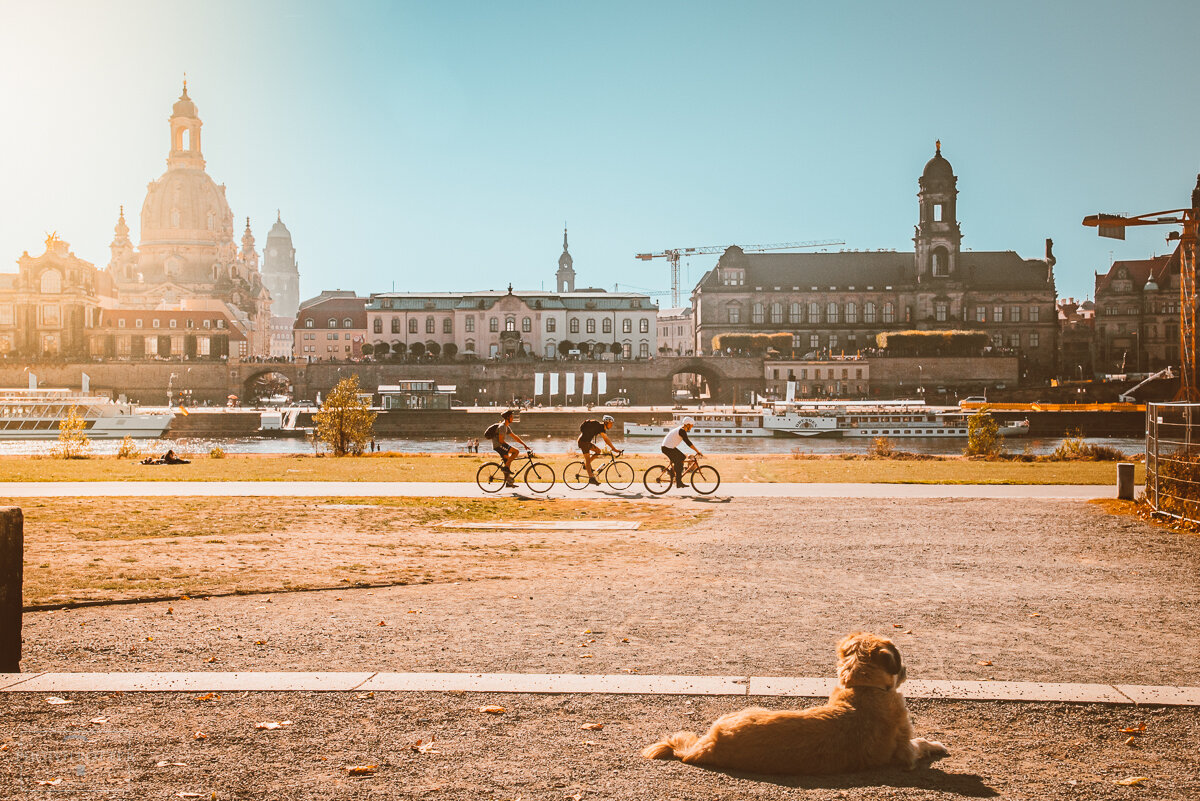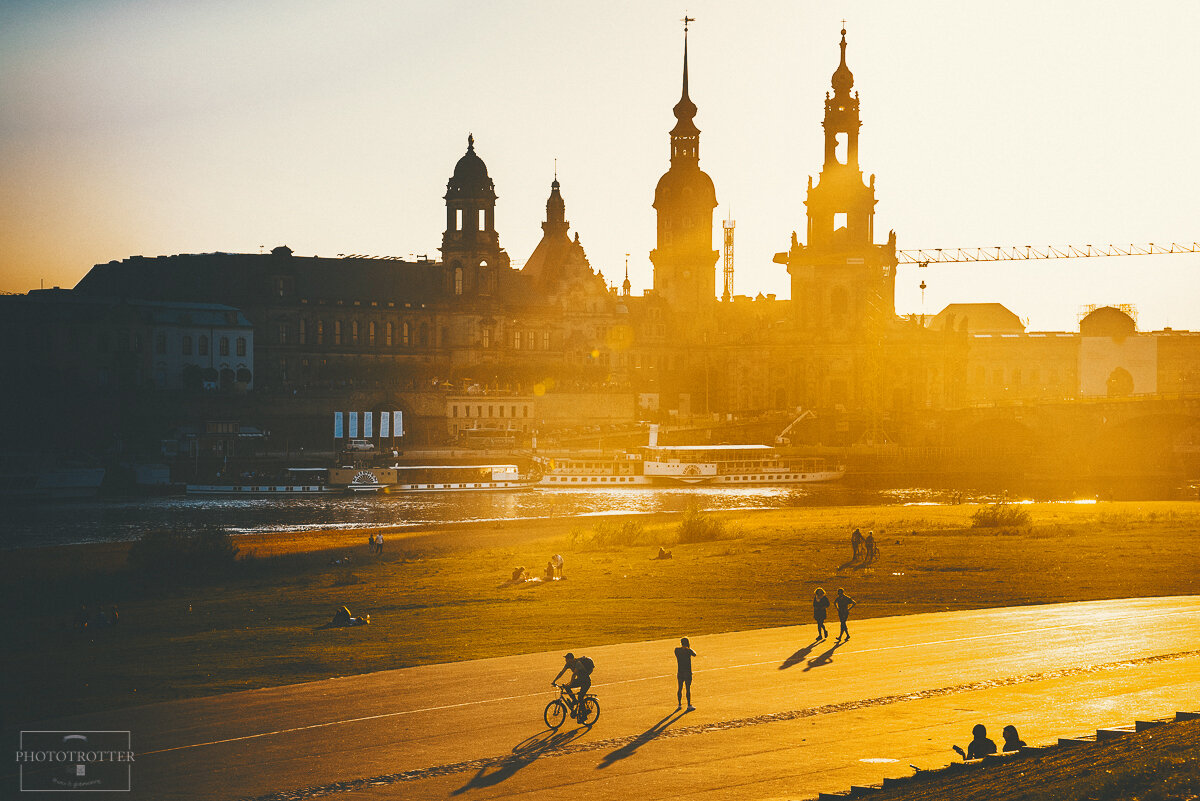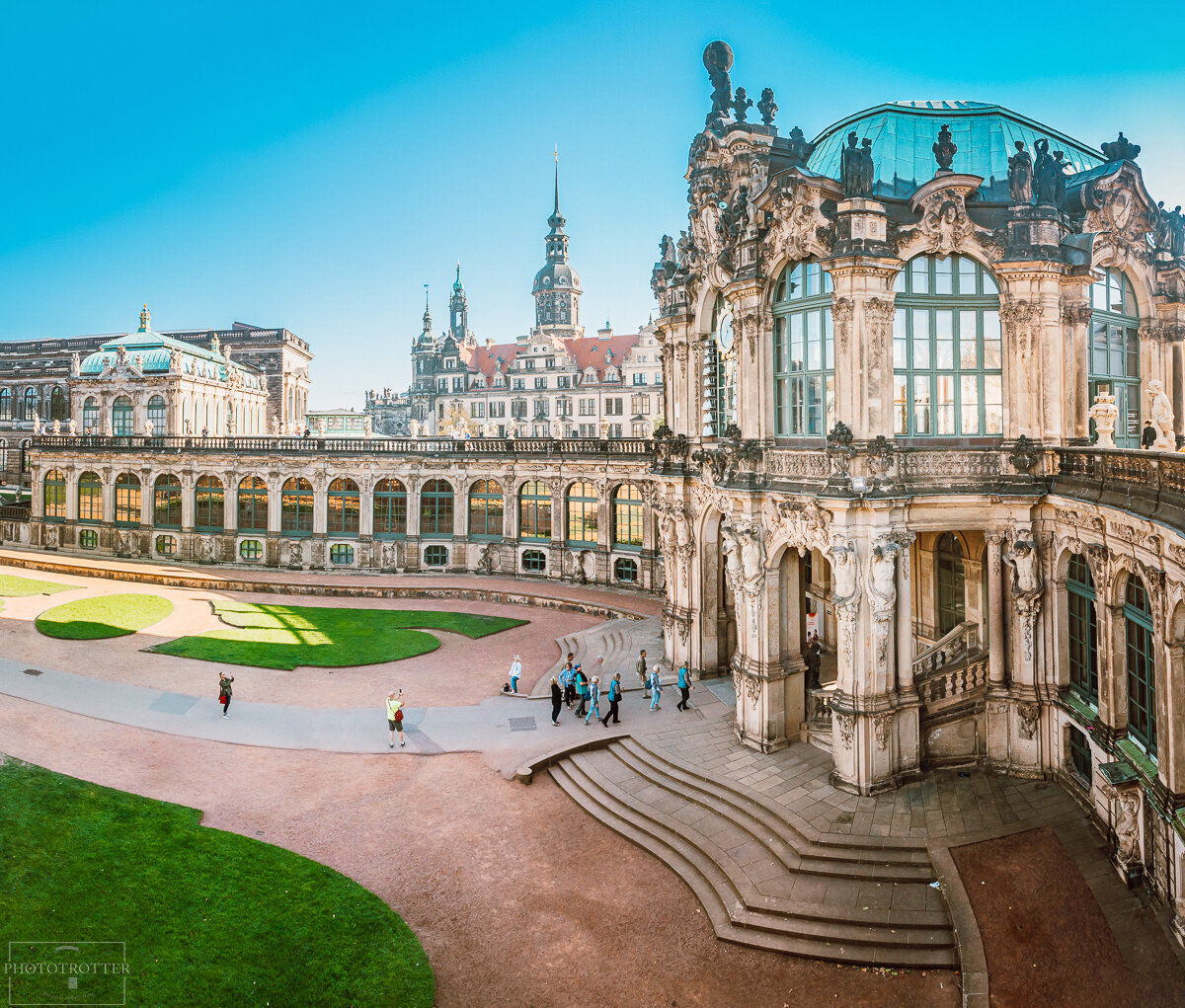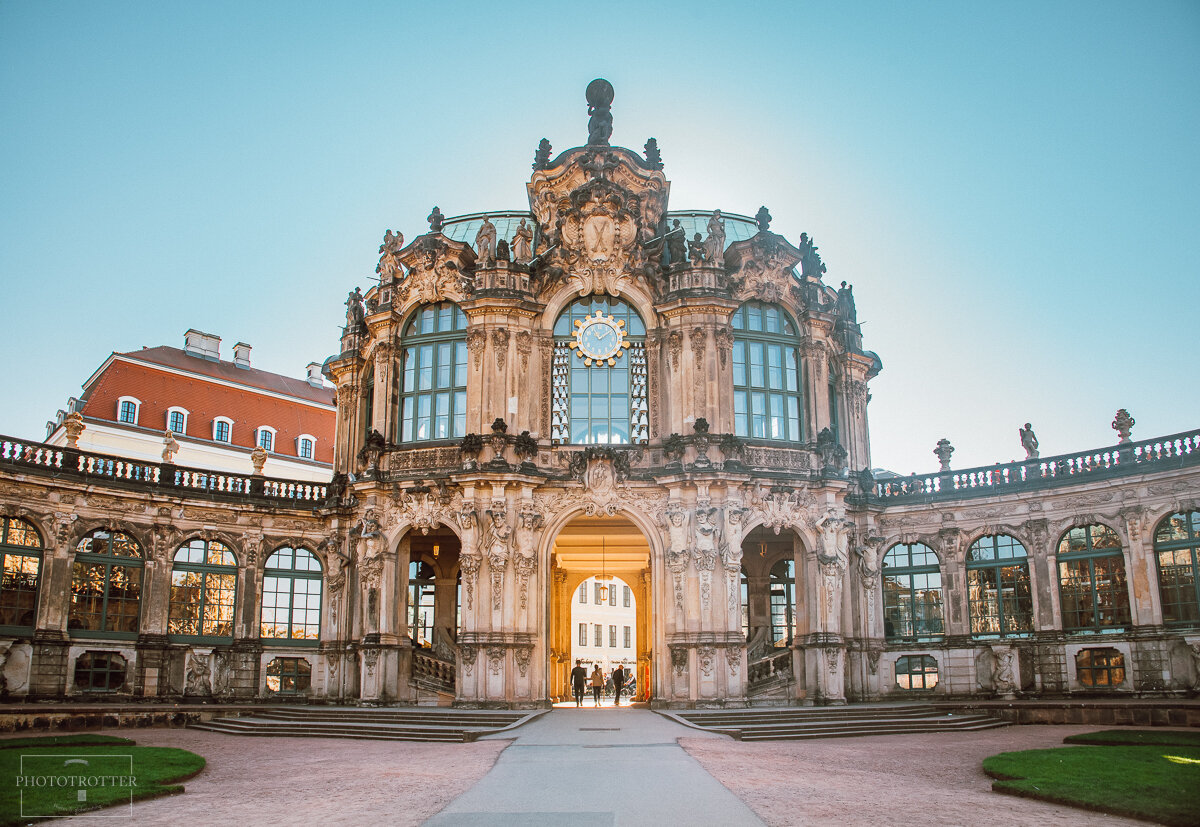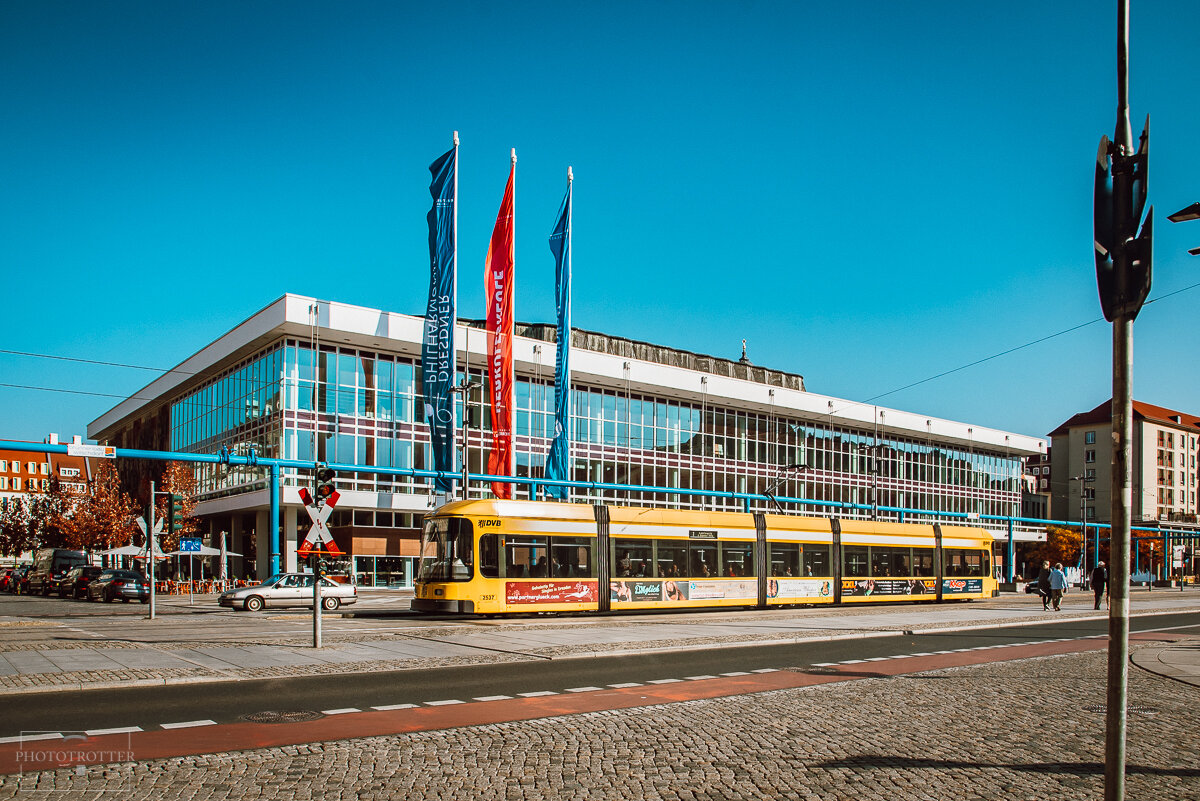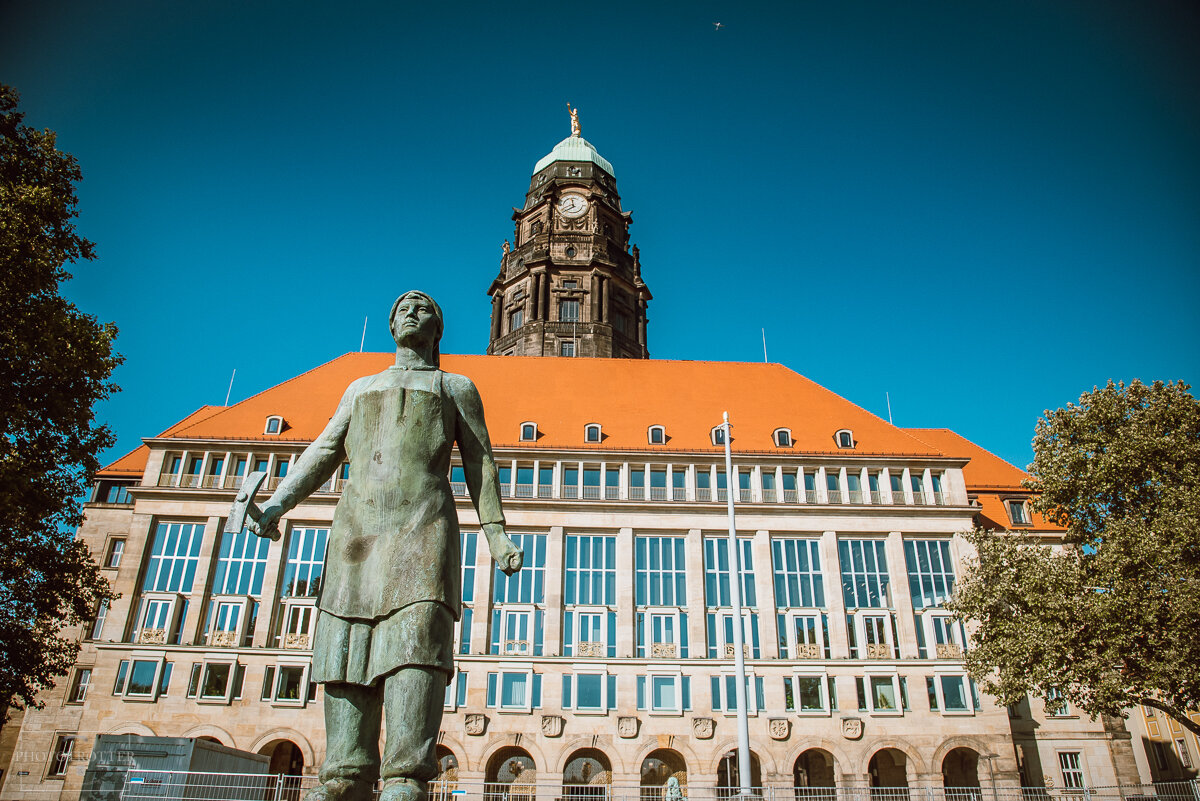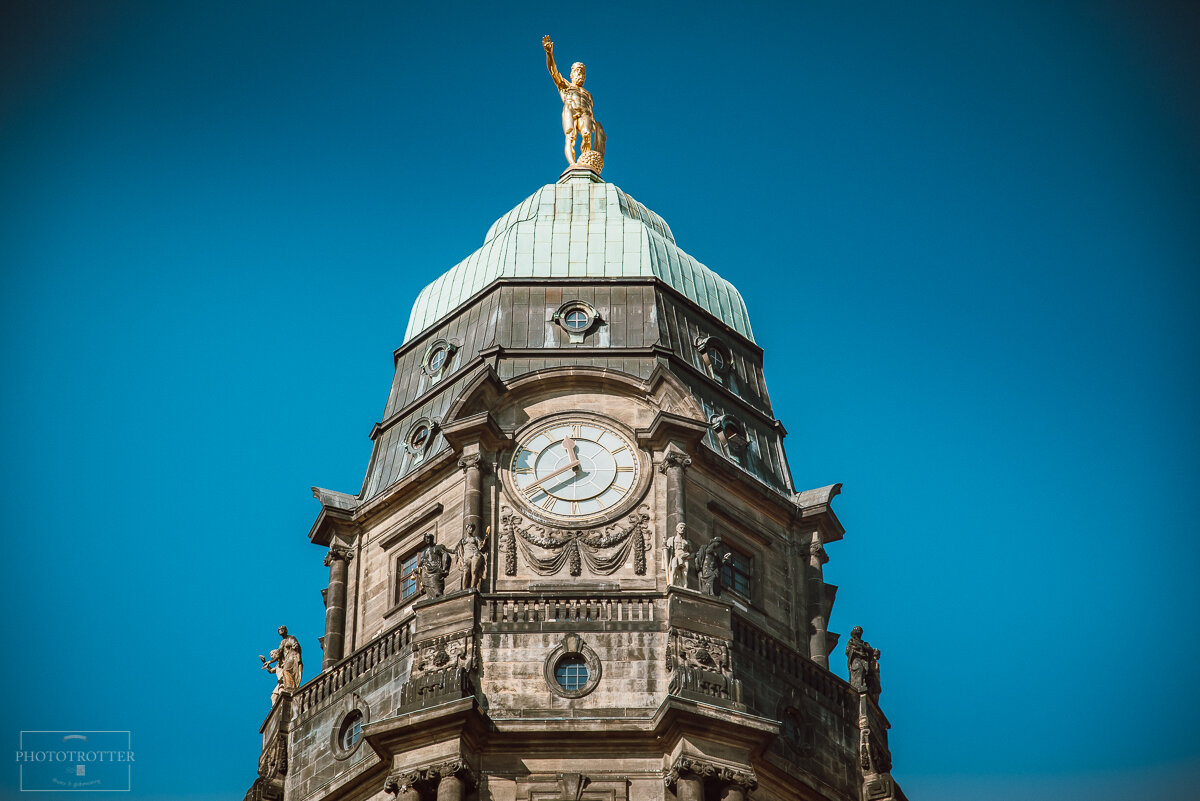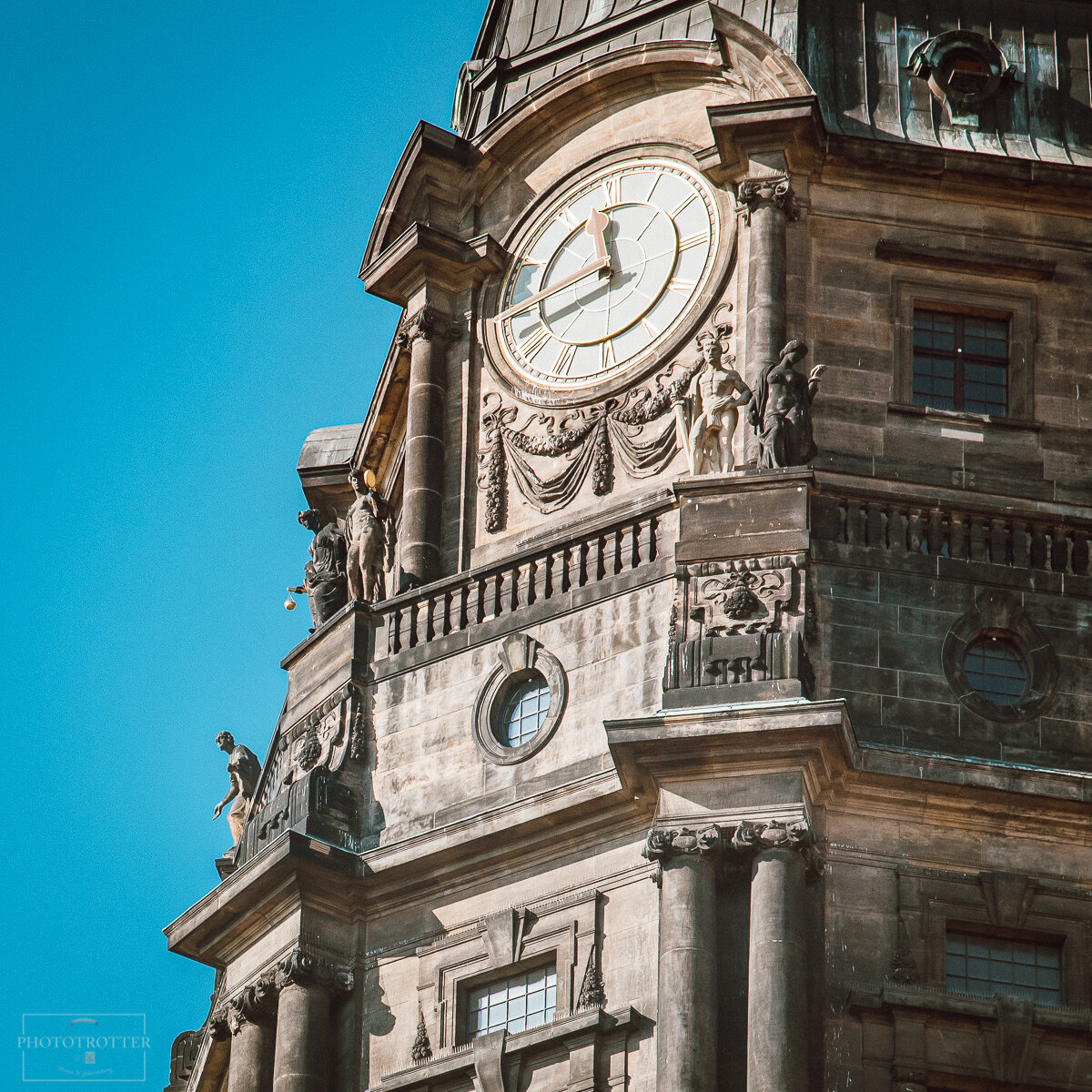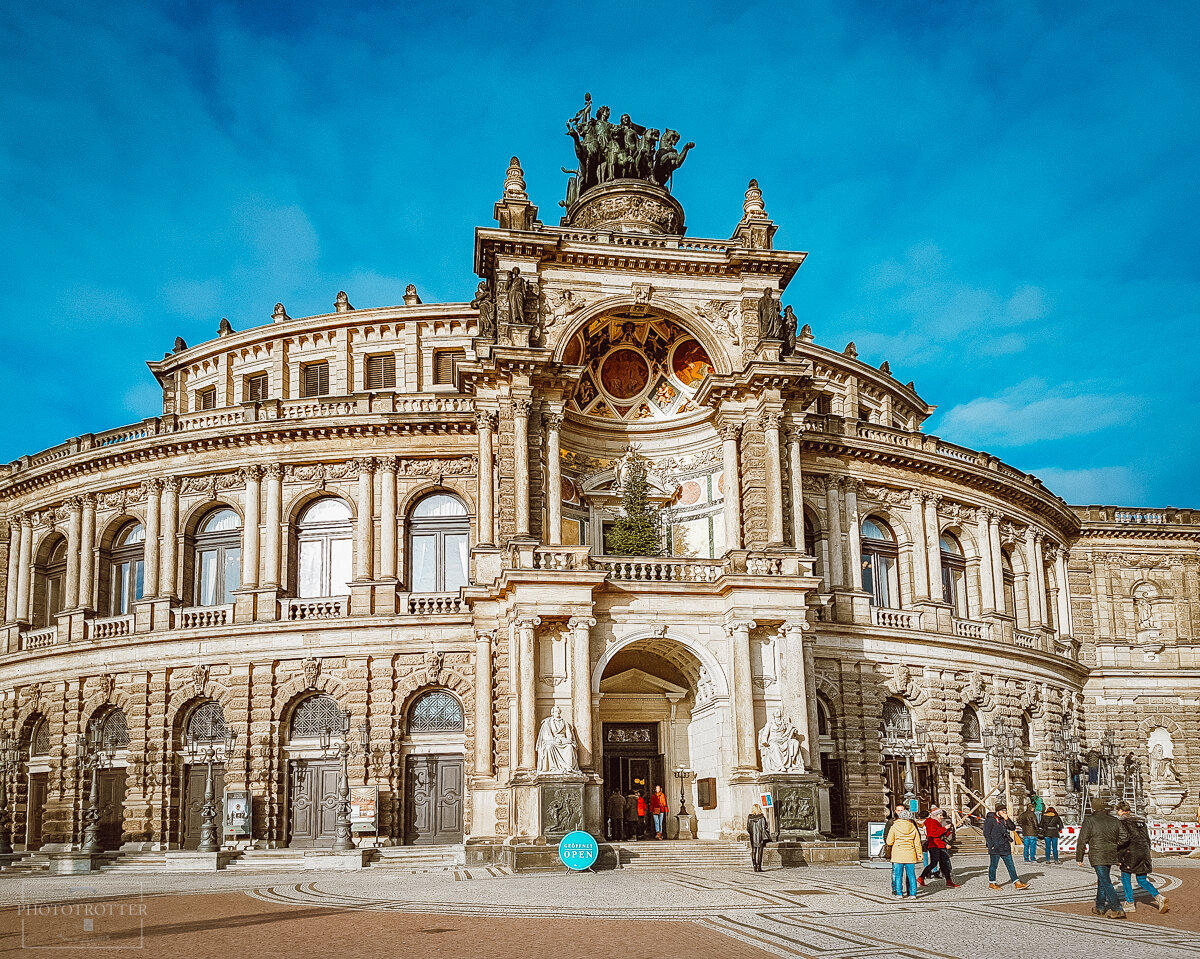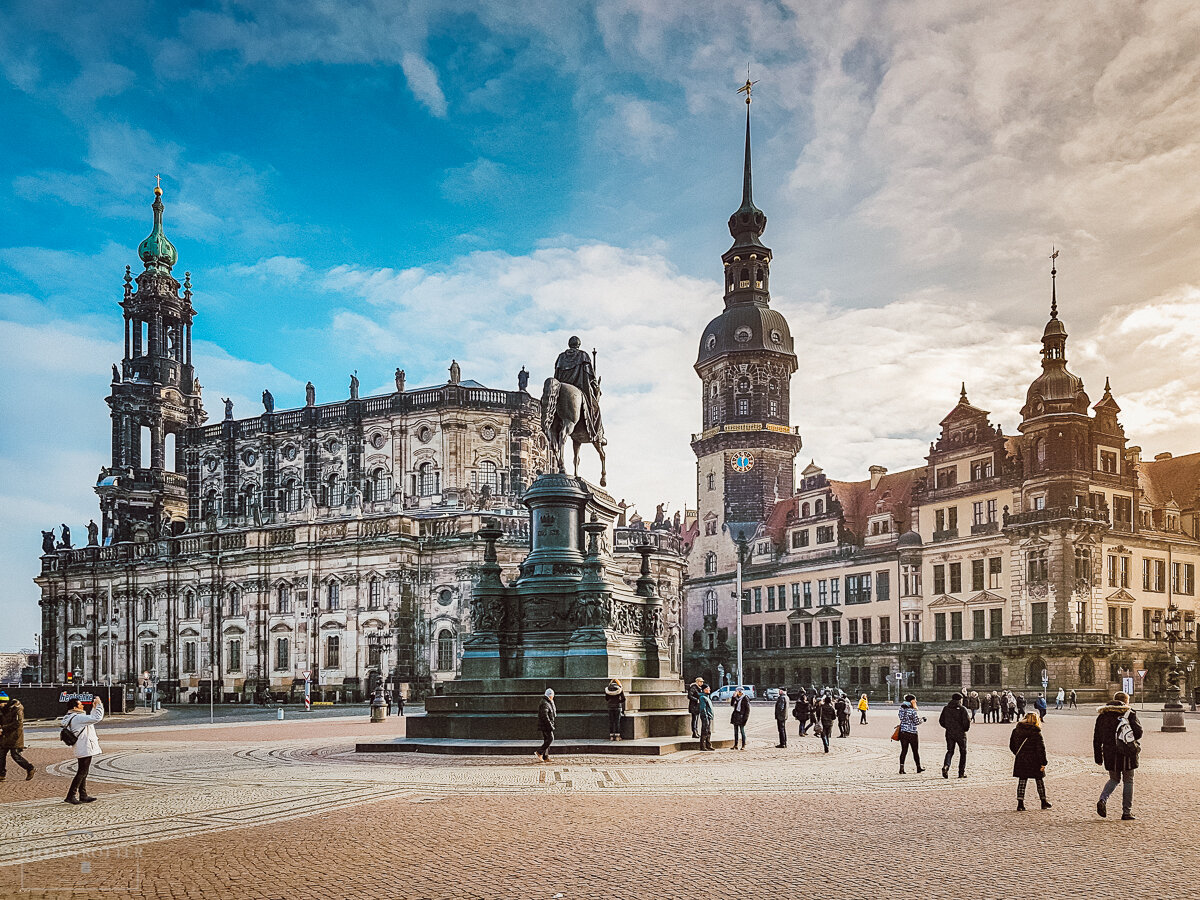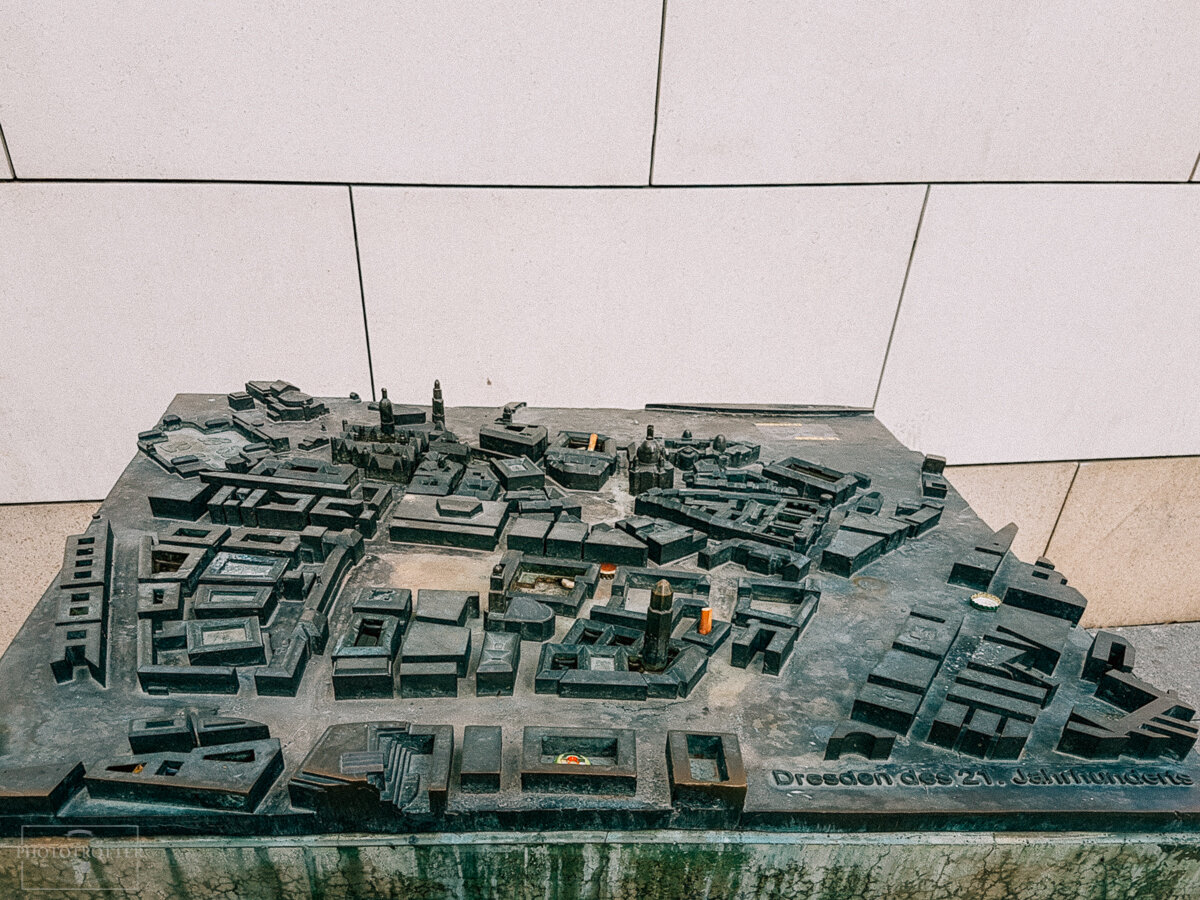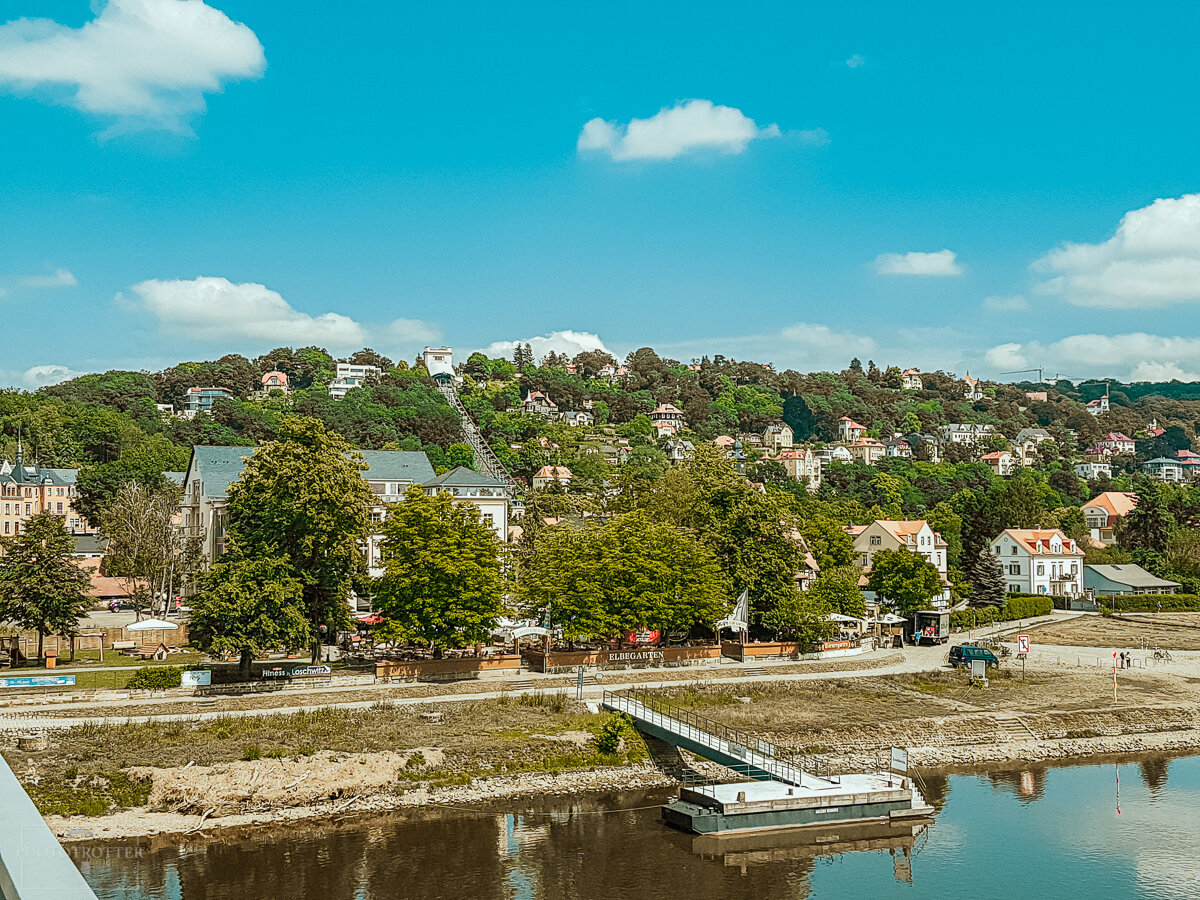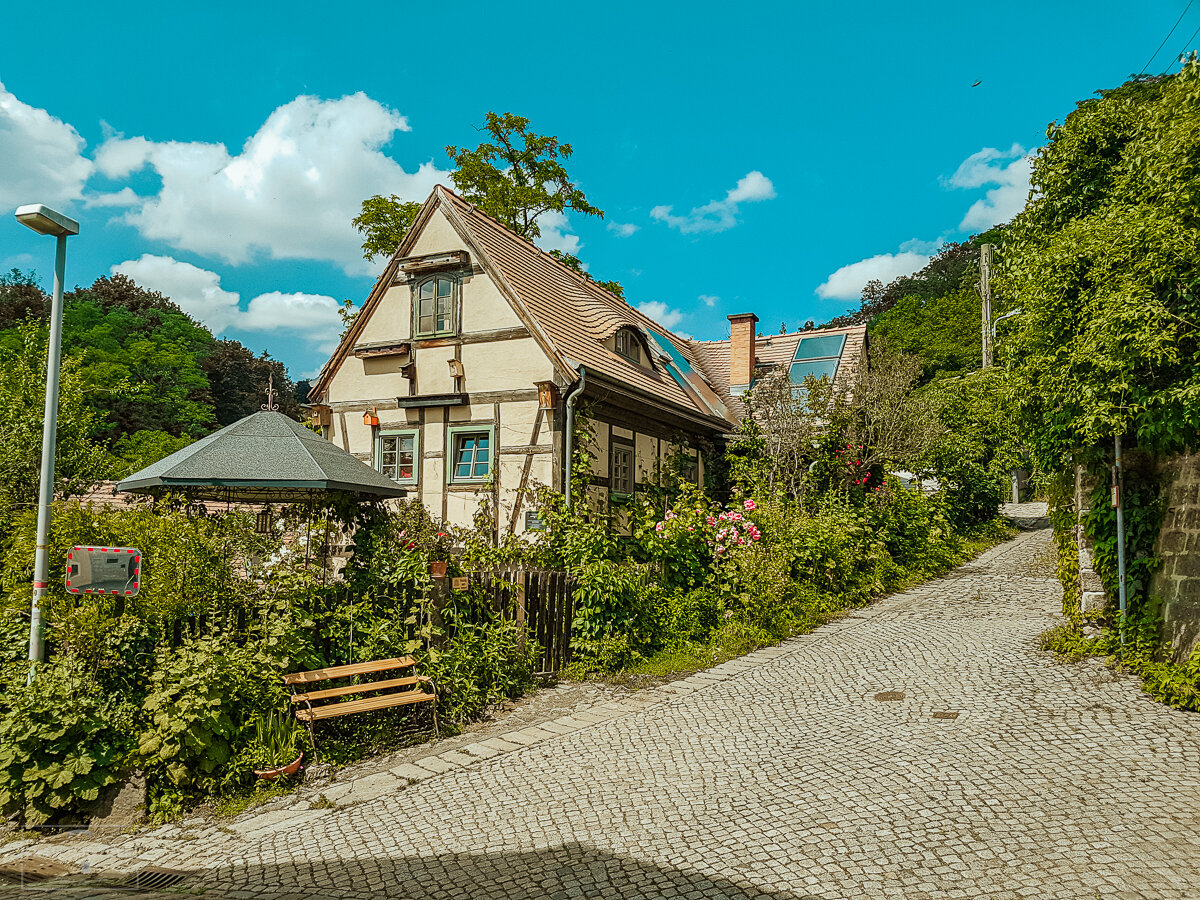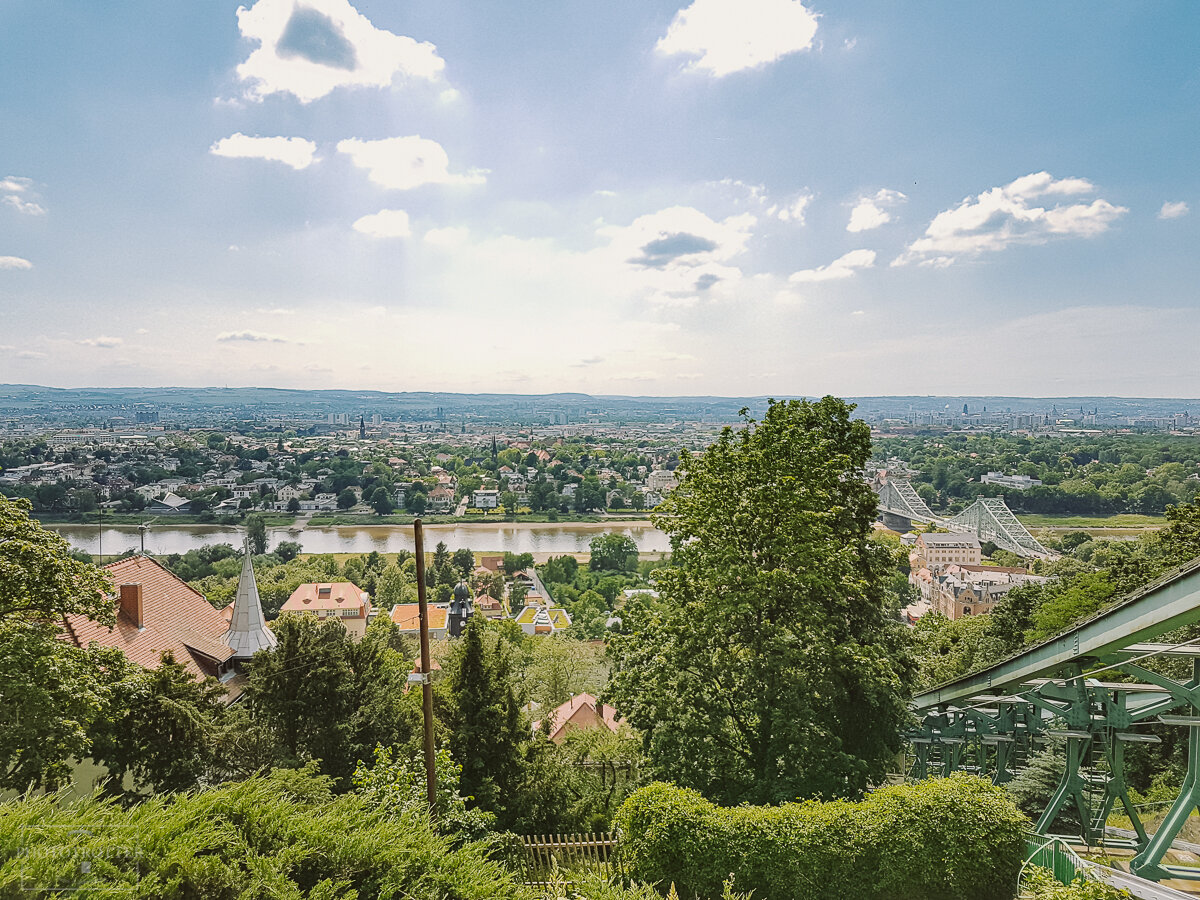Dresden, 75 years after
The year was 1945. The Second World War was closer to its end with every step the Red Army took in the direction of Berlin. As a matter of fact, it had just crossed the river Oder (today part of the northern Germany-Poland border), at the beginning of February 1945. The Race for Berlin was almost done. In Germany people were fleeing in massive numbers, as some 1,5 million soldiers were trudging towards the capital.
Dresden, a city of culture, had managed to escape most war damage, and its industry was still working (including some war-related factories). Being mostly unharmed, it had become a refugee haven, not only for large numbers of civilians, but for recovering troops and administrative apparatus. It is estimated that in early 1945 it had anywhere between one and two hundred thousand refugees from all over Germany, besides its roughly six hundred thousand citizens.
Why would a city of less than paramount military importance be the target of some 3000 tons of bombs, rained down during the night of 13-14 February 1945? (Most of them in less than 25 minutes.)
Because it was one of the last-standing hubs that offered some stability, because strategic bombing is used for crushing morale, because of the confusion and shock it created in the already frenzied exodus in front of the Red Army's advancement, because Marshal "Bomber" / "Butcher" Harris, a bombing aficionado, had vowed to make Germany surrender without any help of land troops and maybe, just maybe, because the Soviets had already been promised (during the Yalta conference earlier that year) the Eastern part of Germany and it just felt necessary for the Allies to make a tabula rasa of it. You know, let them start on a clean plate.
Known as the Florence on the Elbe, the exquisitely Baroque Dresden was unrecognizable the morning after. All its central area had been wiped out. 78.000 homes and around 25.000 victims. The firestorm had been so great, it had engulfed thousands of buildings in one single fire, visible to the pilots from 300km away. The temperature had been so high, it melted glass in cellars. Cellars where the population hid, because there were not enough air raid shelters.
Dresden 75 years after
Today the central area, historically called the Altstadt, the Old Town, is the city's newest quarter, spic and span, reconstructed from less than scratch, after old plans and photographs, an immense effort with the help of vast funds, many from international donations.
The city's pride and symbol, the Frauenkirche (Our Lady's Church), completely destroyed, had laid in shambles for 50 years, a monstrous pile of charred rubble kept as a reminder of capitalist militarism. Only some years after the Reunification, in 1994, did the Dresdners start the process to rebuild it. It was finished and reconsecrated in 2005.
The dark spots on its exterior are bricks recovered from the burnt pile of rubble.
Don't forget to peek down through the hole in the ceiling
You can go up in the balcony above the amazing dome and look at the new old Dresden.
The Academy of Arts, reconstructed, open 2005. The glass dome with the golden angel resembles a lemon squeezer, hence the pet name Zitronenpresse).
Dresden Cathedral, badly damaged, restored
Dresden Castle, used to be an empty shell, restoration not complete. The Green Vault, Europe's largest treasure collection, had had its artefacts moved away to safety in 1938.
The Zwinger palace was lucky enough to have an early reconstruction and restoration, because it helped polish the Soviets' image towards ‘high culture’.
The opera house, Semperopera, reopened in 1985
The Rococo Coselpalais, open 2000
While the new old town still looks delightfully baroque and neoclassical and... genuinely vintage, a stroll outside this small perimeter will quickly show the old pernicious face of life in Soviet times: boxy buildings for the proles, less and less ornate buildings, because the new regime bulldozed down any relic or trace of bourgeois lifestyle and replaced them with standardized modern architecture, dotted here and there with a Stalinist wedding cake-style monstrosity.
You can already see traces of it in the New Square, Neumarkt, where the world famous Christmas market is held.
Kulturpalast, the Palace of Culture and of the Philharmonic, on one side of the New Square
A memorial to the rubble women, Trümmerfrauen, who cleared for years the debris and the rubble left by the bombings. Such sculptures can be found in various cities in Europe.
Behind it there’s the City Hall, the Rathaus, from where the best known photo of Dresden has been taken shortly after the firestorm in 13 February 1945, namely from the balcony under the clock, behind one of the statues, which can still be seen.
If you want to see more images from before 1945, and for how long the city was a giant pile of rubble and empty shells, check out this link.
Of the many wonderful things to do in this former Florence on the Elbe, Phototrotter has written about a wintry visit to the Christmas Markets in Dresden. Check back soon for more recommendations about what to do in Dresden.
Go check out more photos in the gallery: Dresden, Germany
For a quick preview just click through the slideshow below:

